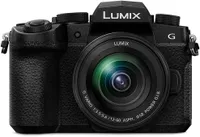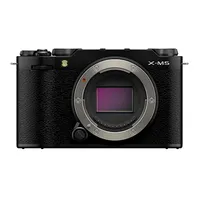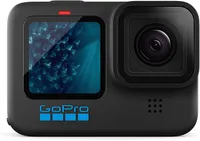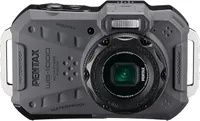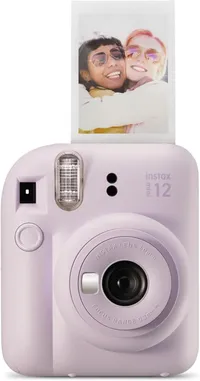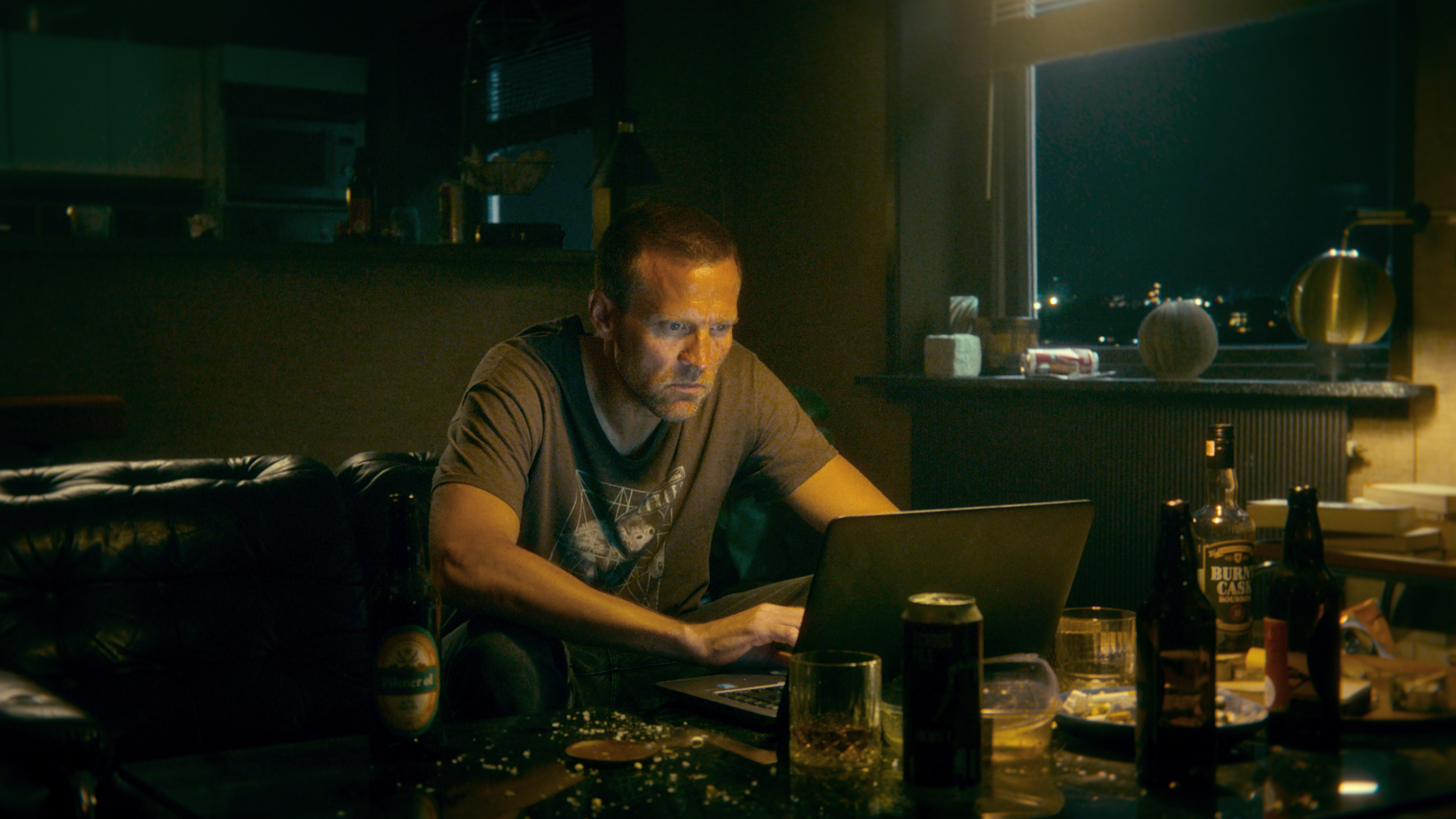Best cheap cameras in 2025
The best cheap cameras don't scrimp on quality
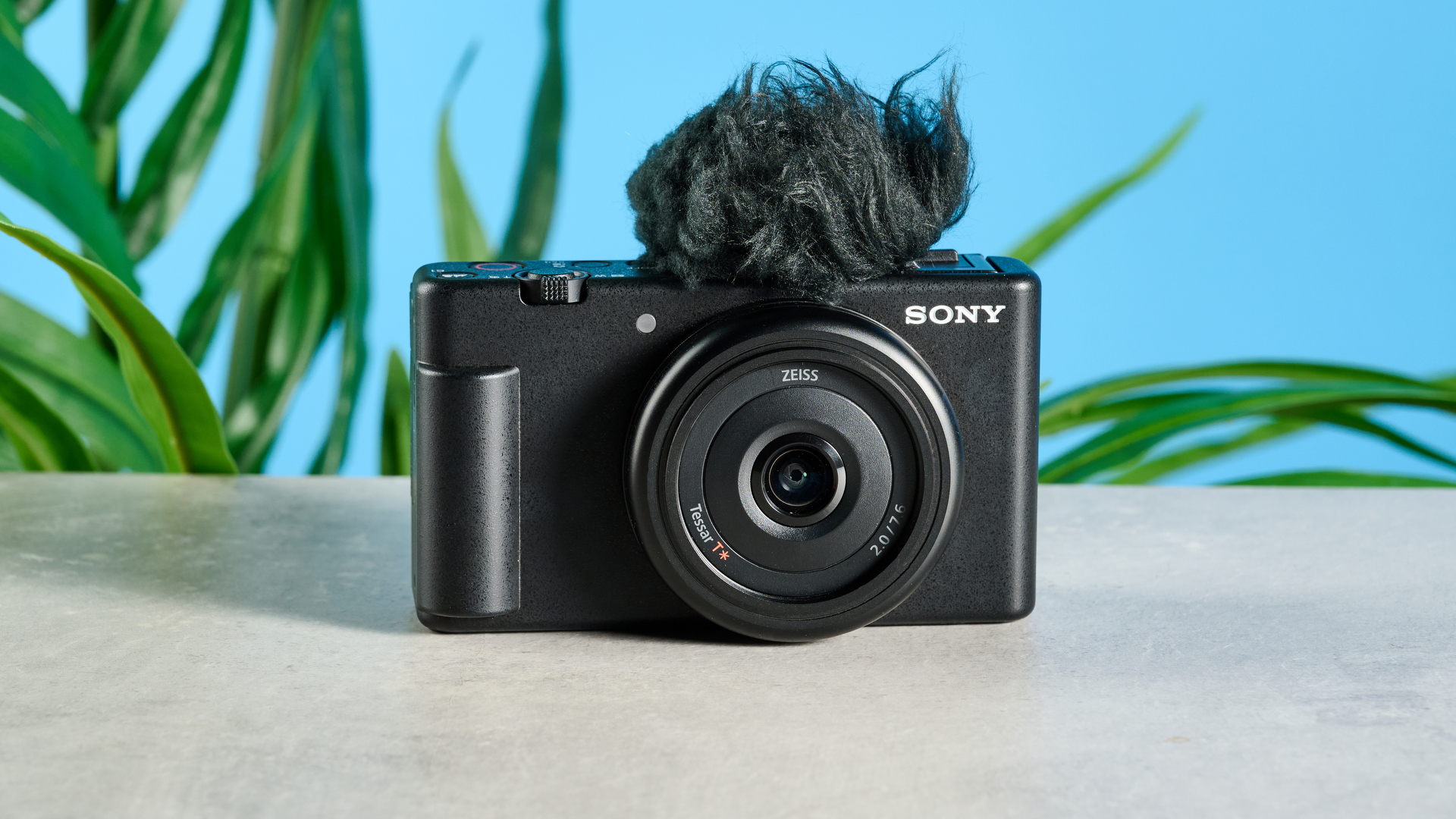
The best cheap cameras will give you the basic tools you need for great photos and videos. I'm Pete, the senior editor in charge of our reviews and cameras sections. Me and my team have rounded up the top cheap cameras on the market.
There are numerous different types of camera out there that are ideal for different purposes. Firstly, you'll need to figure out which you need. Check out the "Types of camera" section where we cover them.
But don't worry, you'll find one (or more) of each on this list, each tested personally and extensively by me or my team. We've even included cameras under $100, so whatever your budget, you'll find something. Here are the best cheap cameras you can buy.
The quick list
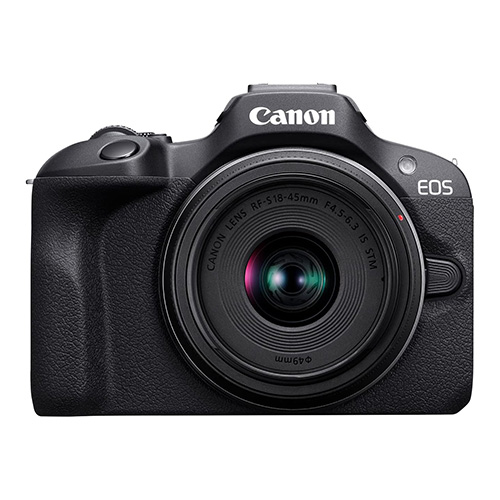
The best cheap mirrorless camera
Our favorite cheap mirrorless ILC camera offers beautiful stills, 4K video, and strong AF.
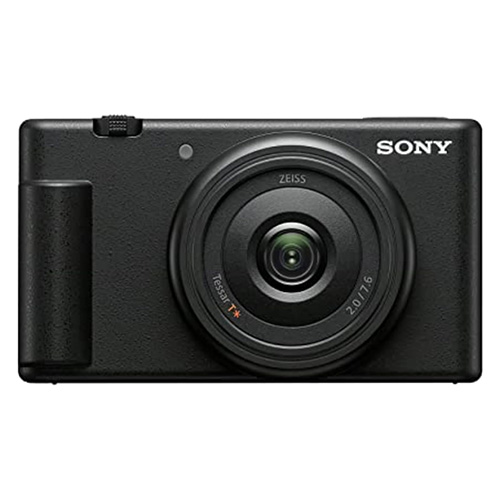
The best cheap vlogging camera
The ZV-1F packs some useful content creation features into a compact, affordable body.
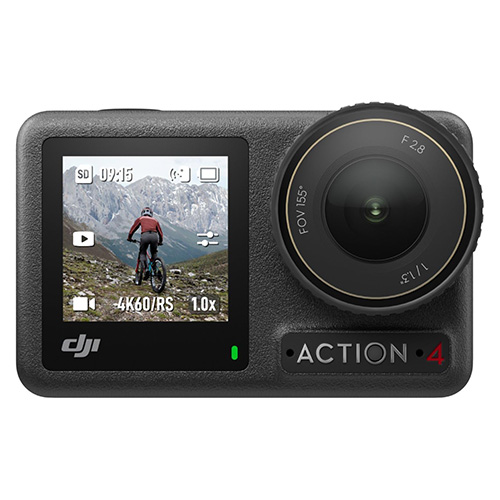
The best cheap action camera
The DJI Osmo Action 4 isn't the latest model, but is waterproof and shoots stabilized 4K/60p video.
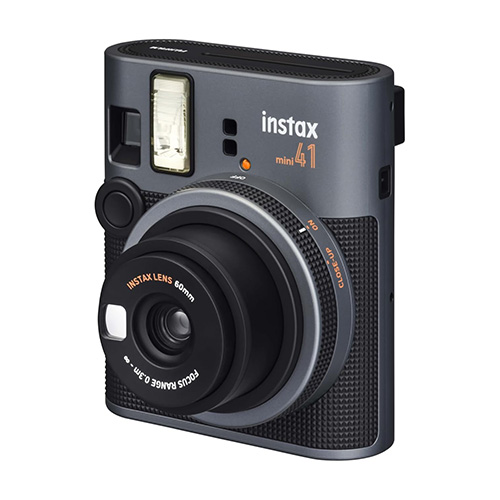
The best cheap instant camera
The Instax mini 41 is super compact, produces lovely looking prints and is very easy to use.

The best cheap film camera
The Kodak Ultra F9 35mm film camera is an affordable and easy way into analog photography.
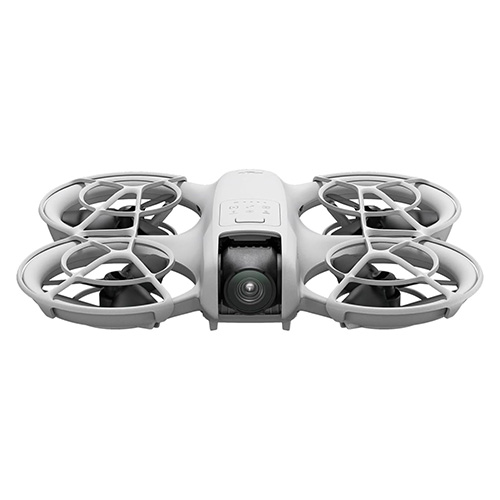
The best cheap drone
The DJI Neo offers 4K/30p video, lots of features and DJI quality at a very appealing price.
The best cheap cameras you can buy: Meet the experts

Pete is a Senior Editor at Tom’s Guides, overseeing the site's reviews team and all cameras coverage. He was previously an editor for Canon’s editorial site, and has been a photographer for a decade. Pete loves getting his hands on and rigorously testing the latest mirrorless cameras. He’s also the Tom’s Guide action cameras expert, putting each action cam thoroughly through its paces.

Nikita tests some of the best cameras at Tom's Guide, putting each camera through rigorous testing by pushing battery life to the limit, analyzing build quality and features to determine whether it's good value for money. She's also the in-house instant cameras expert as she has been using instant cameras since 2015, and drones expert as she’s a licensed drone pilot.

Ashley is a reviews writer here at Tom’s Guide and spends her time testing, well, everything! A lifelong photography enthusiast, she has a keen eye for detail. She's also Tom's Guide's resident ring lights expert — whether it’s golden hour selfies (she considers herself a professional selfie-taker!) or getting the best lighting for pictures of her dog, she is always putting lighting and camera gear through its paces.
What type of camera do you need?
Which type of camera do you need? That's important to figure out before you make a purchase. Here's a rundown of the ones that matter (we've included one of each in this guide).
- Mirrorless and DSLR interchangeable lens cameras (ILCs) let you swap lenses for more creative control.
- Vlogging cameras are designed for content creators, with nifty autofocus features to suit.
- Action cameras are small, waterproof video cameras and perfect for outdoors adventures.
- Instant cameras let you print and share physical copies of your shots straight away.
- Rugged cameras are designed to withstand the elements for outdoor photography.
- Compact cameras are like mini mirrorless cameras with a fixed lens and are great for travel snaps.
- Film cameras shoot on traditional film and are perfect if you want an analog experience.
- Drones fly high in the sky (controlled by you) to capture sweeping vistas on video and in stills.
The best cheap mirrorless camera
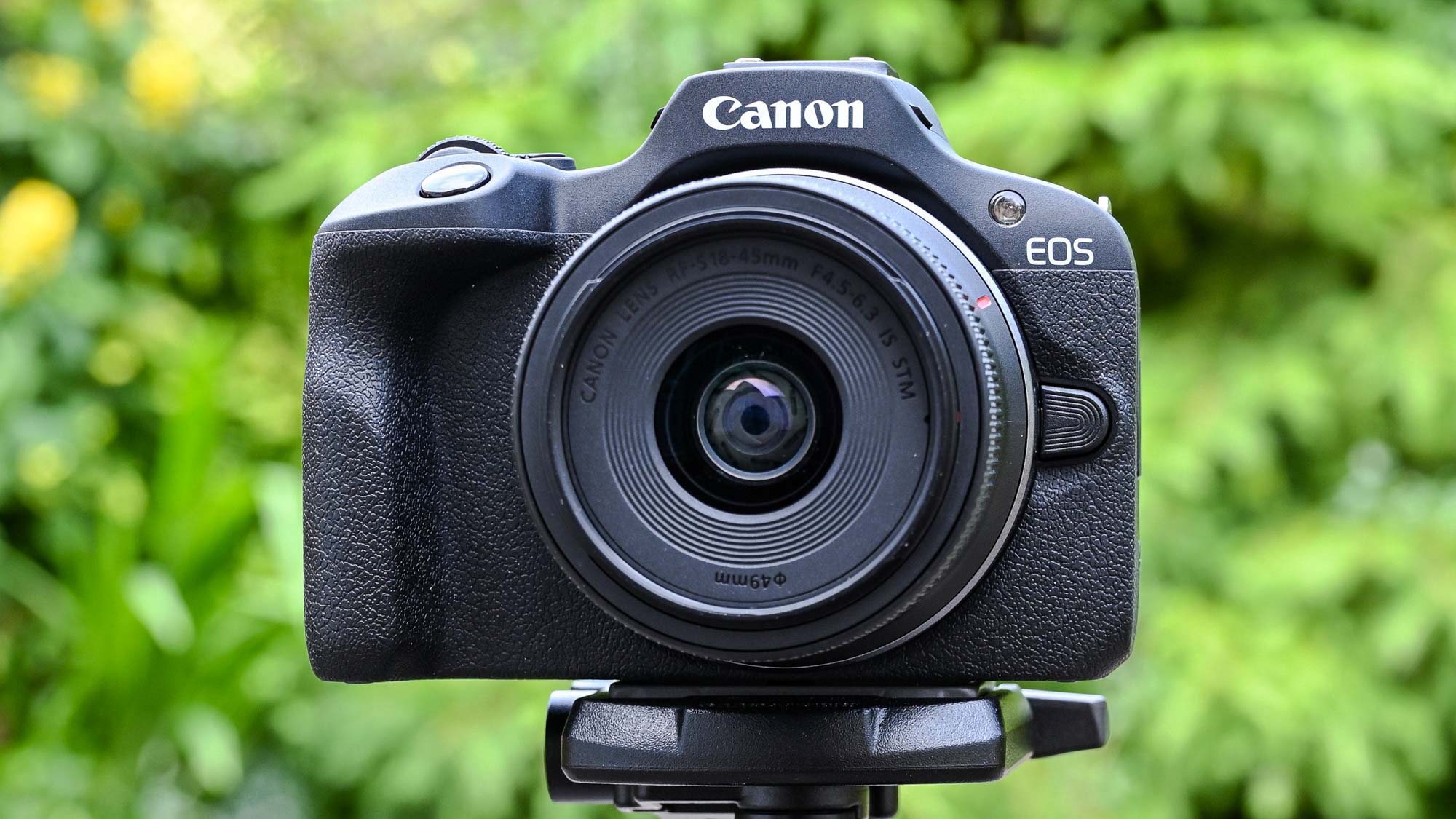
Specifications
Reasons to buy
Reasons to avoid
One-line review: The Canon EOS R100 is the cheapest way to get a new mirrorless interchangeable lens camera (ILC), and its excellent image quality and solid AF make it perfect for budding photographers.
Who is this for?
People who want to take photography seriously and have lots of creative control over their shots, whether they’re printing them or sharing them on Instagram. It’s ideal for anyone wanting an upgrade from their smartphone without breaking the bank.
Why is it the best cheap mirrorless camera?
The EOS R100 is about as affordable as mirrorless cameras get, yet still offers the essential perks of a “proper” interchangeable lens camera. It has a 24MP APS-C sensor which produces beautiful photos and 4K video. Combined with Canon’s excellent autofocus and the ability to swap lenses when creativity demands, the EOS R100 will give you everything you need to take Instagram-worthy photos.
What do we like?
✅ Beautiful photos: The EOS R100’s 24MP sensor produces beautiful photos with plenty of fine detail. In testing, we loved the natural colors this camera produces, rendering warm skin tones and vivid landscapes — this is Canon all over.
✅ 4K video: The EOS R100 isn’t a video camera, but will still shoot 4K at cinematic 24p, so if you want to dabble in a bit of video, you can!
✅ Great autofocus: Canon’s autofocus systems are legendary. And while the EOS R100 doesn’t have the brand’s very best AF with multiple detection modes (you’ll need the Canon EOS R50 for a taste of that), it still features human face and eye detection, making it great for portraiture and general use.
✅ Plenty of creative flexibility: This is the only camera on the list that’ll let you change lenses, which is a big deal. As you grow as a photographer, you can swap lenses to tailor the look and style of your photos.
✅ Solid build: Despite being lightweight and compact, this is a Canon camera, so you can rest assured that it’s built to a high standard and will give you many years of loyal service.
What don't we like?
❌ Fixed LCD: The EOS R100 has a fixed LCD, which makes it harder to shoot at odd angles, as you can’t articulate the display to suit. It isn’t a touchscreen either, which means you can’t tap to set focus points.
❌ Limited detection modes: As mentioned above, the EOS R100 only features human AF detection modes, so if you’re after a camera for wildlife photography, we’d recommend something with a more expansive AF system, like the EOS R50.
Canon EOS R100: Bottom line
The EOS R100 isn’t the most feature-packed camera, but packs in a huge amount of functionality and creative flexibility given its budget price tag. If you want a cheap camera to expand your creative horizons and improve your photography, this is the best one to buy.
Read our full Canon EOS R100 review.

"Simply put, I chose the EOS R100 as it's great at doing the basics and costs very little. What more do you need on a budget?"
See Canon EOS R100 sample images
Canon EOS R100 sample images


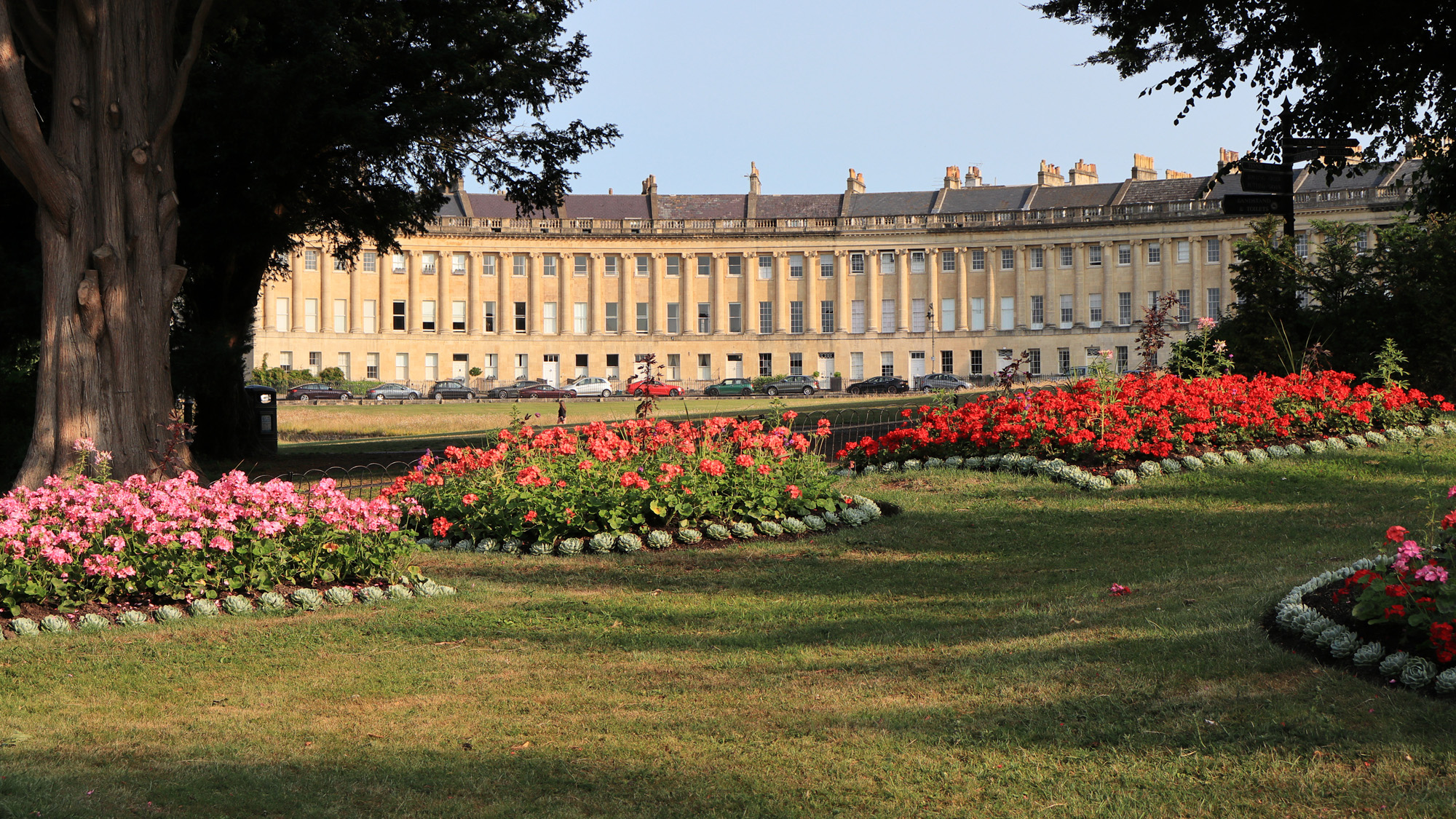

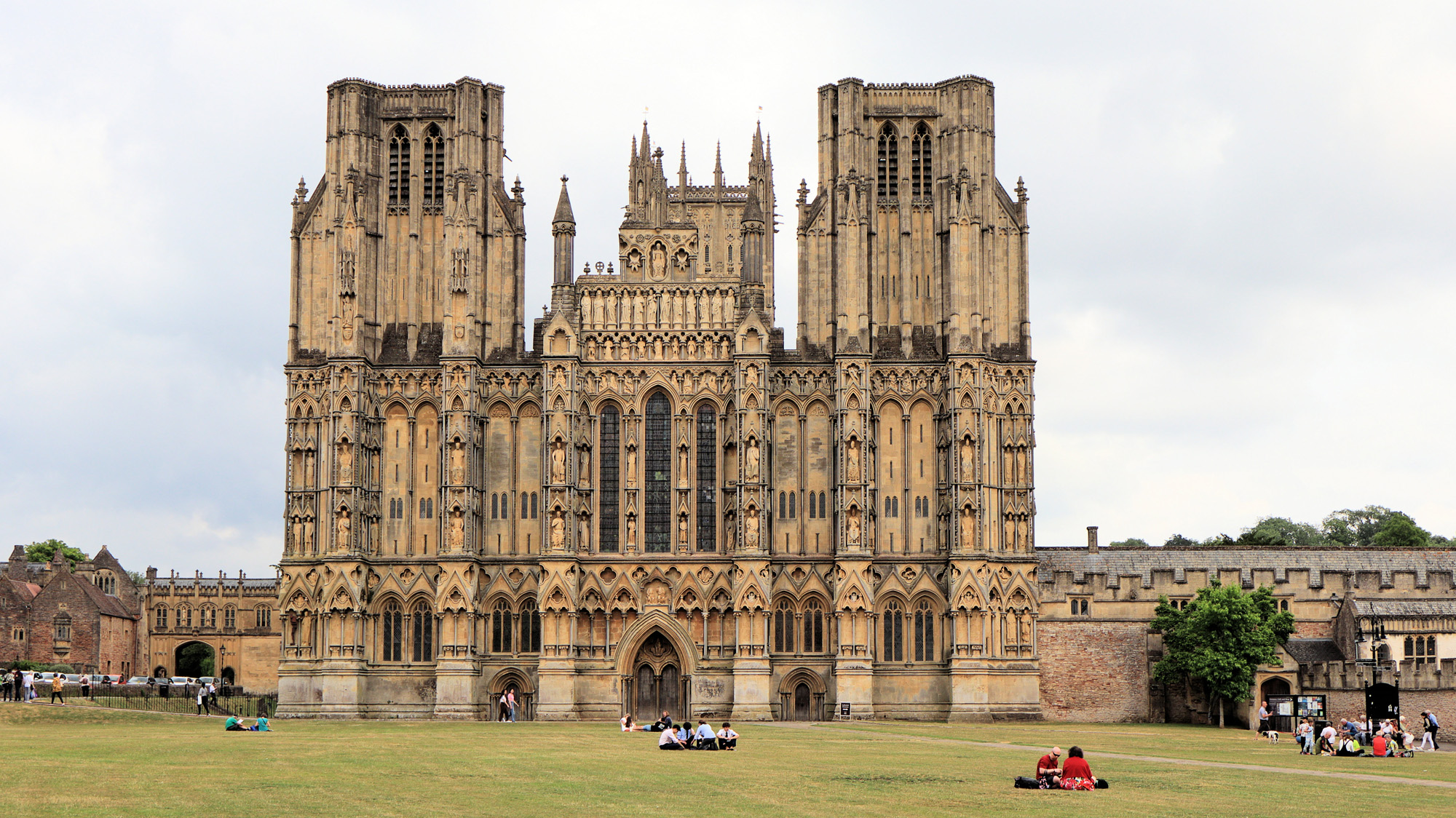

The best cheap DSLR
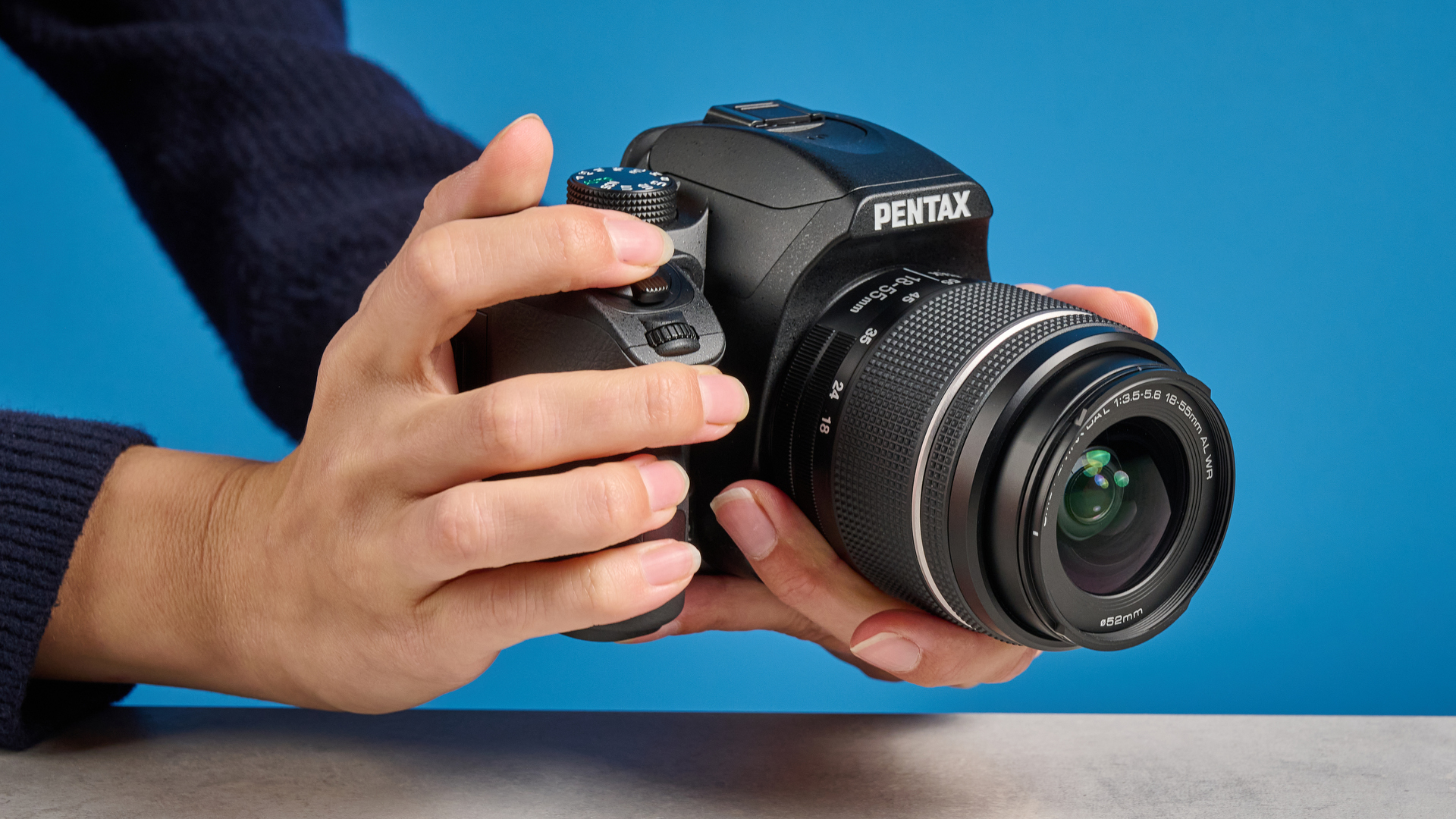
Specifications
Reasons to buy
Reasons to avoid
One-line review: The Pentax KF is the only new DSLR camera on the market and is great for budding photographers thanks to its weather sealing, IBIS and great real-world color replication.
Who is this for?
This camera is perfect for beginners who want a DSLR to learn the basics on, but which will also grow with them — its IBIS and weather sealing will make it a good camera as you explore more genres and get more creative.
Why is this the best cheap DSLR?
The Pentax KF is the best cheap DSLR because it’s essentially the only entry-level DSLR you can still buy new — making it the cheapest by default. It isn’t the most affordable camera on this list, but its U.S. price (under $600) is very attractive given the feature set. It features weather sealing for shooting in all conditions, IBIS for stabilized handheld shots, and face detection AF to nail portraits every time. It’s difficult to find an interchangeable lens camera with IBIS in this price range.
What do we like?
✅ Strong imaging: The camera has excellent color rendition, strong high ISO performance and did well in our challenging dynamic range testing, too.
✅ IBIS: In testing, we were able to shoot as low as 1/4sec without experiencing any visible shake thanks to the KF’s IBIS, which is rare to find at this price point.
✅ Weather sealing: The camera is weather-sealed, so you can take it out with you on adventures without worrying that it will be damaged if it starts to rain.
✅ Angled LCD screen: The vari-angle LCD screen can flip out and rotate 180º, and is ideal for getting shots at lower angles when using live view.
What don't we like?
❌ Heavy: Since this is a DSLR, the camera is much heavier than a mirrorless camera. The KF gets onerous to carry after using it for longer stints.
❌ Autofocus can lag: Although the camera’s autofocus is generally effective, it may occasionally experience lag. This is annoying at times when you want immediate autofocus.
❌Not one for video: The KF only shoots video at 1080p, so it’s not a great camera for vlogging or video, which is a shame given it has effective IBIS.
Pentax KF: Bottom line
The Pentax KF is a great camera for budding photographers and provides great value for money. It takes great images and has an effective IBIS system, the vari-angle display is useful for shooting at different angles, and the weather-sealed body means it can go with you everywhere and not get damaged by the elements. It’s an ideal camera to both learn and grow with.
Read our full Pentax KF review.

"It’s the only budget DSLR still being made, but it’s ideal for beginners learning exposure triangle on a budget."
See Pentax KF sample images
Pentax KF sample images
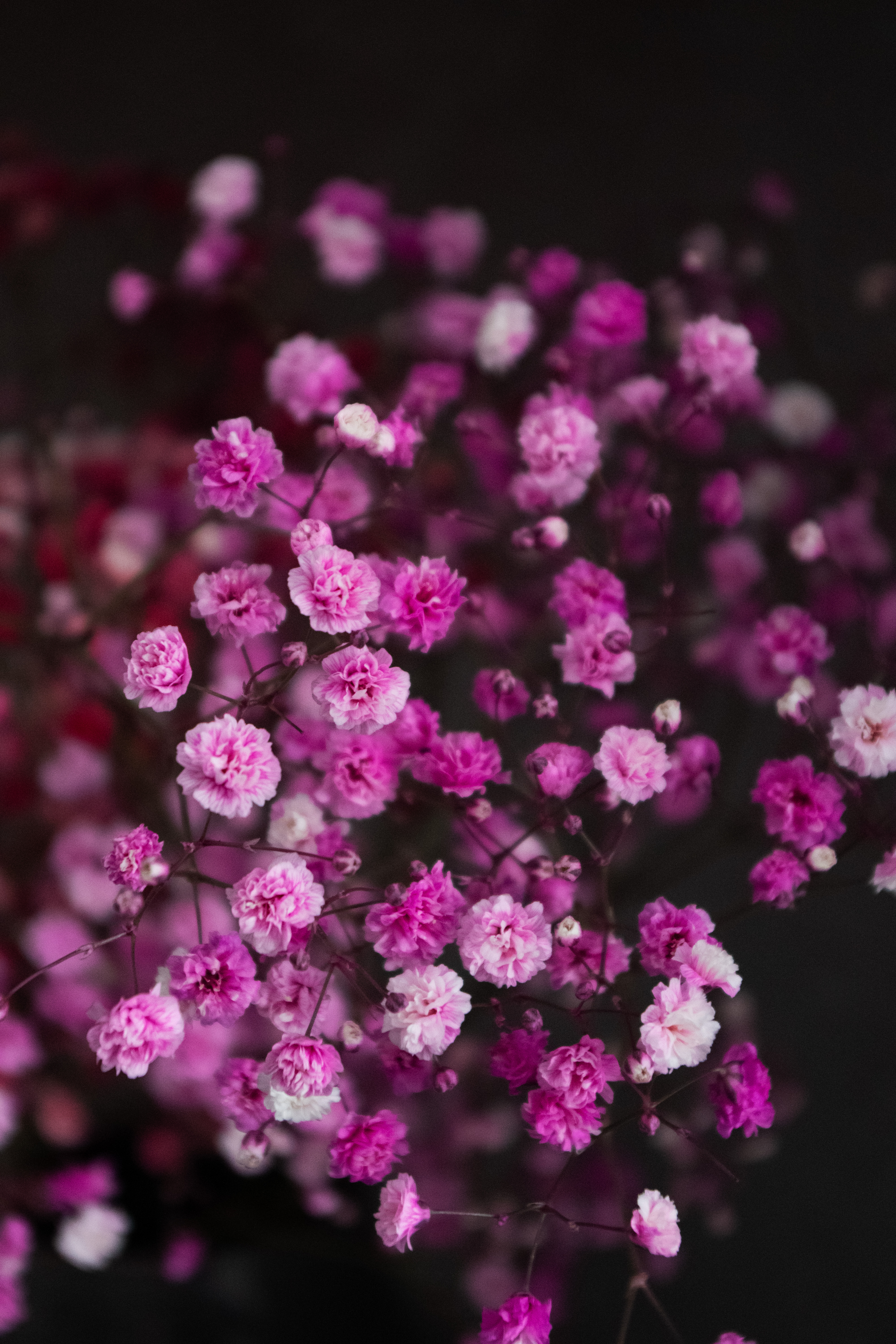

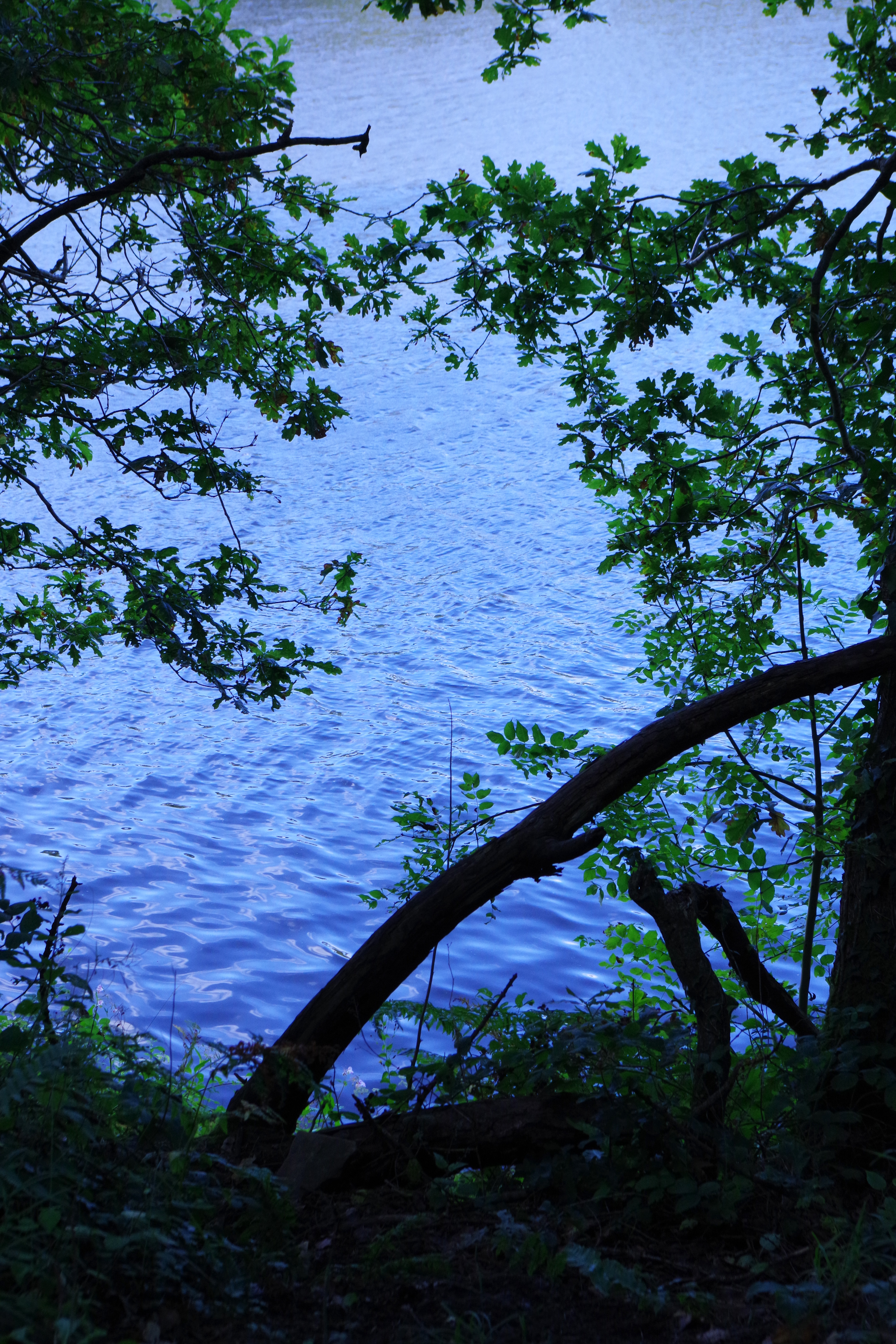
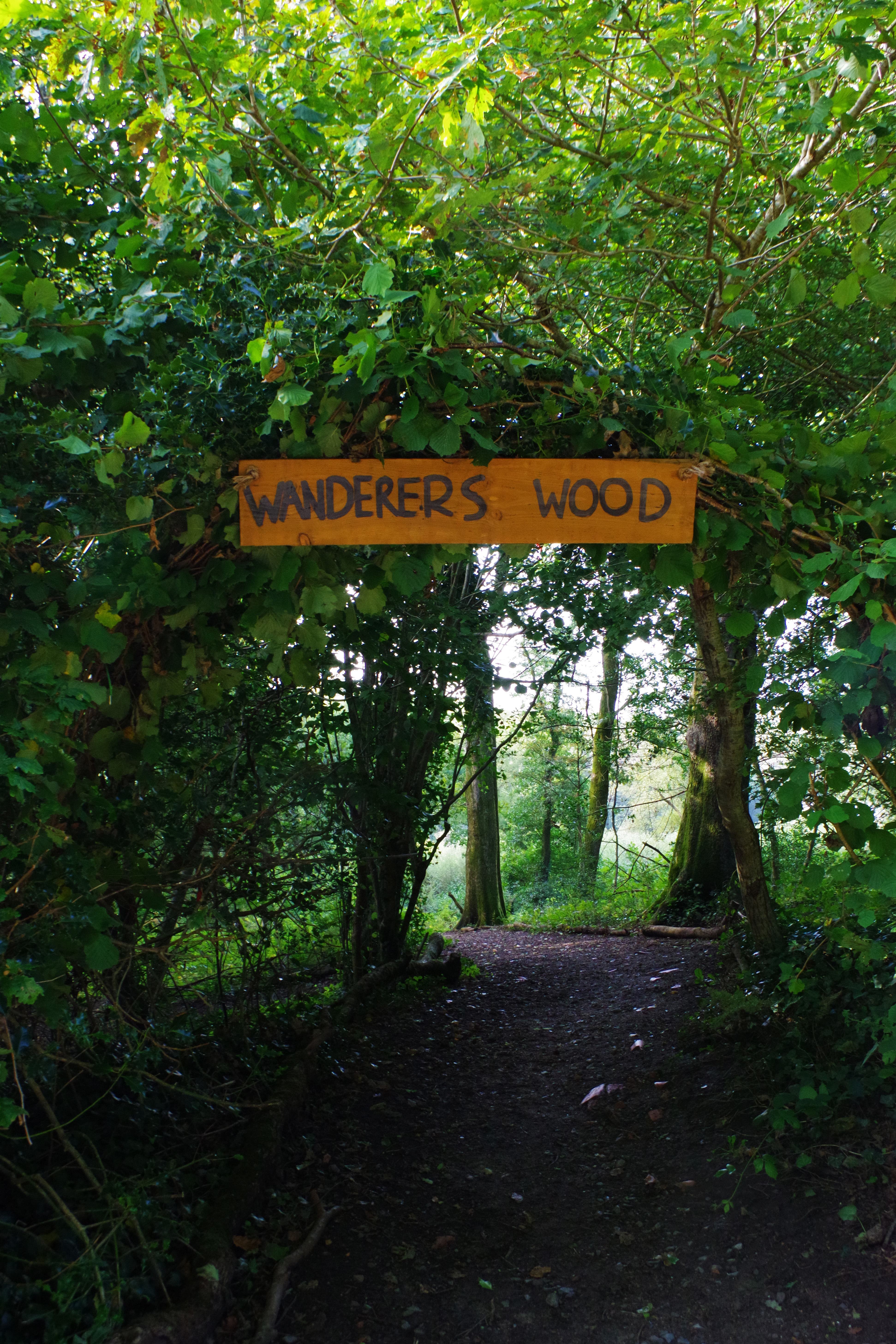
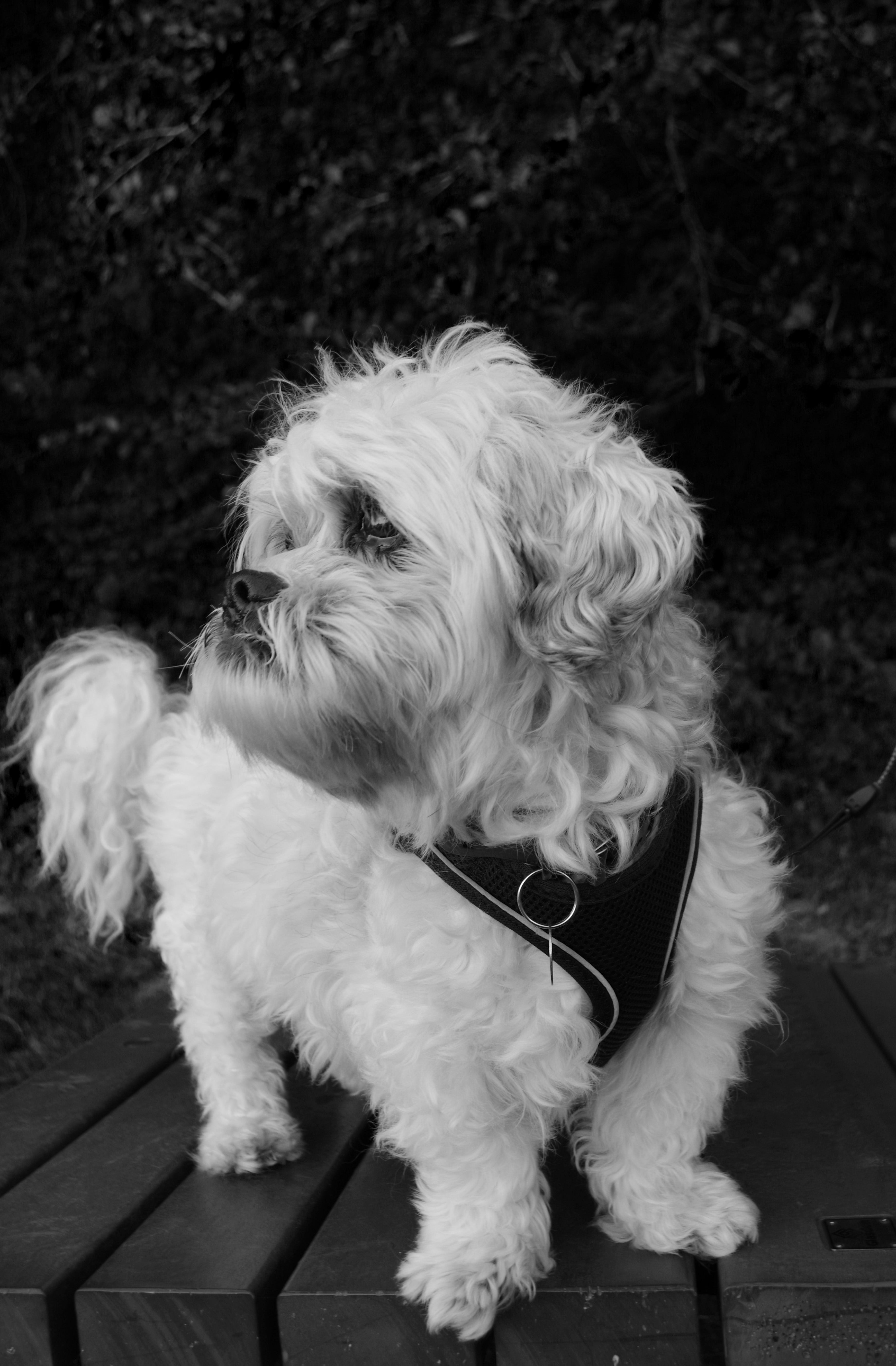
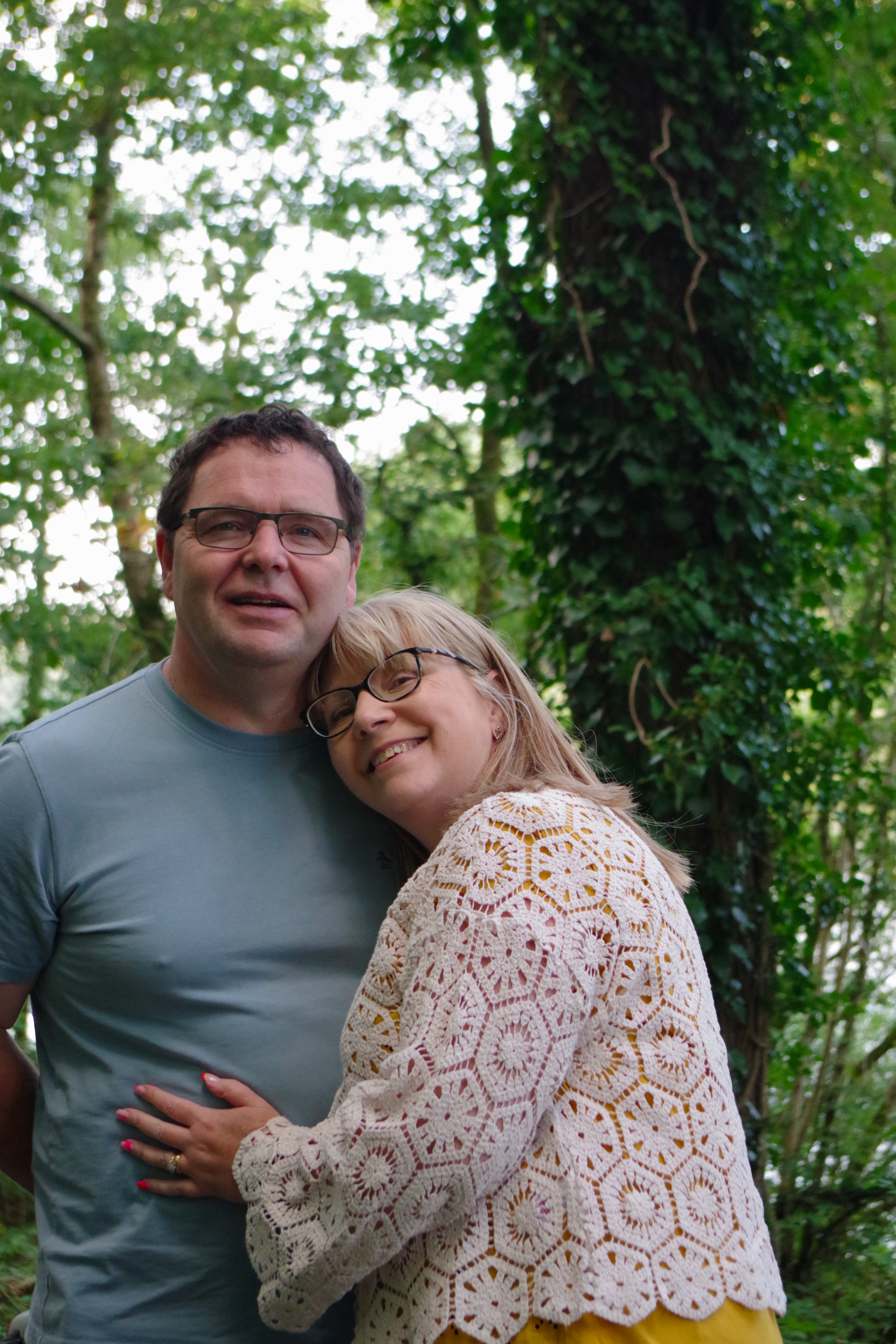

The best cheap vlogging camera

Specifications
Reasons to buy
Reasons to avoid
One line review: The Sony ZV-1F is packed with vlogging-specific features that make content creation easy, and it captures detailed 4K/30P video.
Who is this for?
People who are stepping up from smartphone videography, hobbyists, and vloggers looking to take their video content to the next level. It’s ideal for anyone looking to replace their smartphone as their primary vlogging tool while being on a budget.
Why is it the best cheap vlogging camera?
The Sony ZV-1F is packed with vlogging-specific features, like Product Showcase and Background Defocus, which are usually found on more expensive models. It’s perfect for on-the-fly content creation and to take travelling, thanks to its compact size. It also shoots lovely 4K/30P video, and its straightforward control scheme makes it extremely easy to use.
What do we like?
✅ Compact and portable: Measuring just 4.15 x 2.36 x 1.82 inches and weighing 0.5lbs, the ZV-1F is highly portable as it slips easily into most pockets, and it’s comfortable to hold with either one or both hands.
✅ Easy to use: With its straightforward control scheme and responsive LCD touchscreen, the ZV-1F is extremely easy to use, making the transition from smartphones to cameras seamless.
✅ Lovely video quality: The ZV-1F shoots 4K/30P video and 1080P footage at 5x slow motion by using 120fps. The results are sharp and detailed, and the camera’s autofocus system works well to keep subjects in focus.
✅ Product Showcase: Product Showcase works extremely well for product unboxing videos and reviews as the ZV-1F focuses on the subject closest to the lens while effectively blurring the background. For non-camera-savvy content creators, it makes it easy to create stylized footage.
✅ Great built-in mic: The ZV-1F is fitted with a directional three-way capsule mic which captures crisp and clear audio, helping you create content on the fly even if you don’t have an external microphone.
What don't we like?
❌ No IBIS: The ZV-1F doesn’t feature in-body image stabilization, which is fairly common in this price range. Instead, you’ll rely on Sony’s SteadyShot technology for capturing smooth and stable footage.
❌ Poor battery life: A single charge yields 360 shots when the monitor is always-on and 540 shots when Auto Monitor off is set to two seconds. This is much lower compared to the ZV-1F’s rivals.
Sony ZV-1F: Bottom line
The Sony ZV-1F is a fantastic camera for those stepping up from smartphone videography and looking to take their vlogging content to the next level — all while being on a budget. Its ease of use, compact body, great built-in mic and vlogging-specific features make it the best cheap vlogging camera.
Read our full Sony ZV-1F review.

"Easy: it's the cheapest way to get advanced vlogging features and make great-looking video content for social and YouTube."
The best cheap action camera
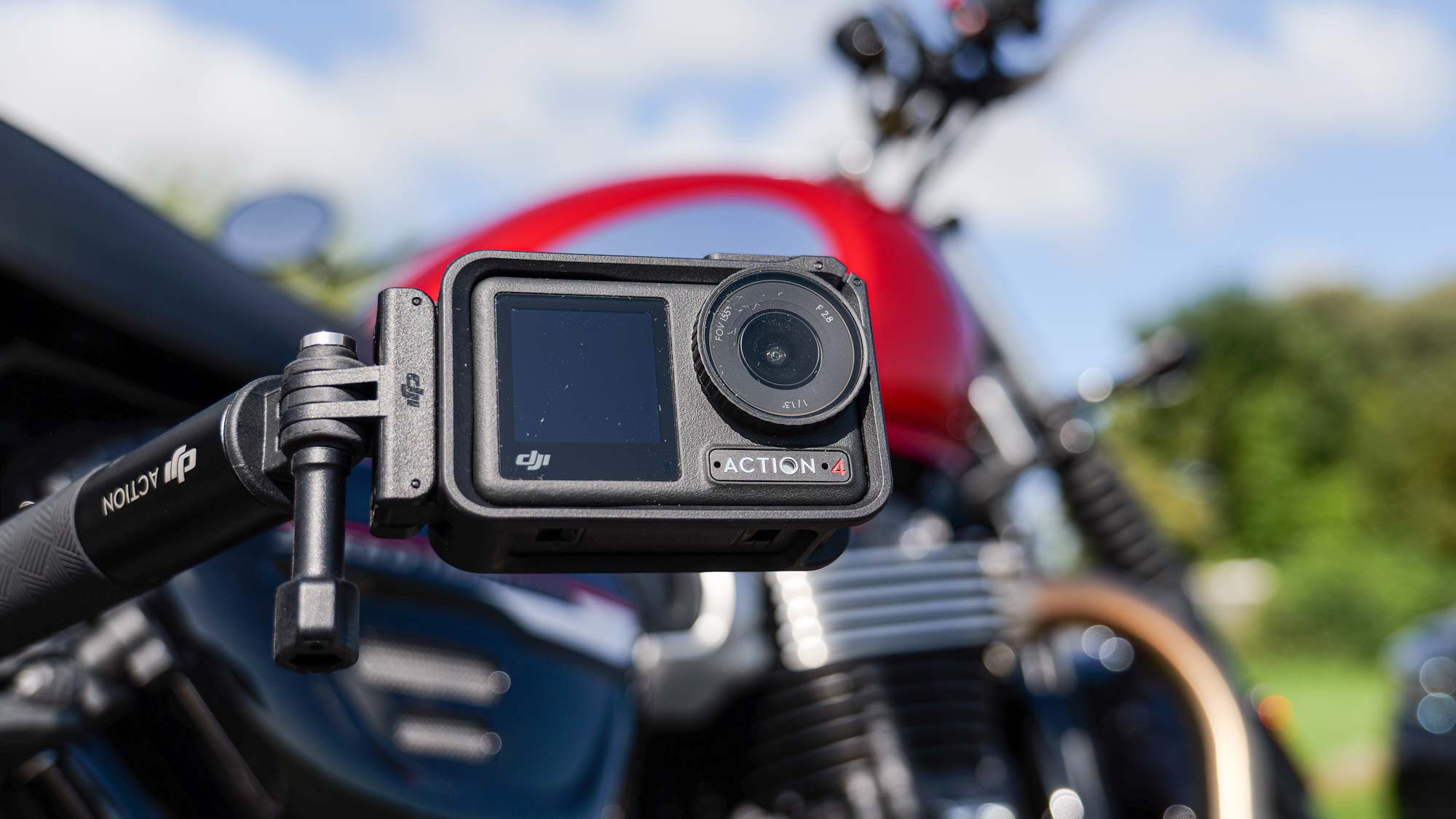
Specifications
Reasons to buy
Reasons to avoid
One-line review: The DJI Osmo Action 4 is a feature-packed professional action camera that's cheaper than ever now that it has been succeeded by a newer model.
Who is this for?
People who need a rugged video camera — that means content creators, YouTubers and vloggers, shooting video outdoors, especially if it’s high octane.
Why is this the best cheap action camera?
The DJI Osmo Action 4 shoots beautiful 4K at up to 120fps, and while YouTube (and most peoples’ monitors) still max out at 4K, you really don’t need more. It’s waterproof down to 59 feet without a case (you’ll only get better than that with its bigger sibling, the DJI Osmo Action 5 Pro) and is built to withstand almost anything the elements can throw at it. It also has a front selfie display for vlogging, and a quick-release magnetic mount for securely attaching and switching between accessories, like selfie sticks.
What do we like?
✅ 4K/120p video: The OA4 shoots beautiful 4K/60p footage, for capturing fast-paced action. If you want slow motion video, it’ll also shoot at up to 120fps in full 4K. It also packs a range of professional features, such as Log recording.
✅ Wireless mic hook up: The OA4 can hook up wirelessly to DJI mics, such as the fantastic DJI Mic 2, giving you professional audio quality with no cables or adapters needed!
✅ An oldie but a goodie: The Osmo Action 4 has now been succeeded by the DJI Osmo Action 5 Pro, driving the OA4’s price down! You can pick it up for just over $200, which is about as cheap as professional-quality action cams come.
✅ So much ruggedness: The OA4 is waterproof to 59 feet, and is fully equipped to withstand the rigours of the environment.
✅ Front vlogging screen: Thanks to its front screen, the OA4 functions well as a vlogging and selfie camera.
What don't we like?
❌ No higher than 4K: This camera tops out at 4K. That’ll be plenty enough for most people, but if you’re a pro shooter wanting to oversample 4K, you’ll be out of luck.
❌ Stabilization not the best: The OA4’s stabilization is decent, but not as good as the OA5 Pro or GoPro Hero12 Black. That said, it’s much better than other budget brand cameras at similar price points, like the Akaso Brave 8 Lite.
DJI Osmo Action 4: Bottom line
There's a reason the DJI Osmo Action 4 got the "Best Budget" award on our roundup of the best action cameras. Actually, there are a fair few reasons. Despite being over a year old, it’s still an outstanding camera for the money, and will record professional-quality 4K video, with great internal audio, easy wireless mic hookup, useful vlogging features and all the ruggedness you could need. Its stabilization isn’t the best, but it’s fine for most uses, and the lack of +4K recording likely won’t be a problem to anyone in the budget market.
Read our full DJI Osmo Action 4 review.

"The DJI Osmo Action 4 is the cheapest way to get professional-looking, well-stabilized 4K/60fps action footage. There might be better action cams out there, but not for the money."
The best cheap instant camera

Specifications
Reasons to buy
Reasons to avoid
One-line review: Our favorite budget instant camera, the compact Fujifilm Instax mini 41 takes great photos, is incredibly easy to use, and it looks premium too.
Who is this for?
Anyone who wants to print photos quickly and easily, without spending too much to begin with (obviously). If you want physical copies of your photos, it's for you. It’s perfect for documenting nights out with friends, weddings, and travels. It’s also quite the bargain given its features.
Why is this the best cheap instant camera?
If you’re looking for lovely and detailed prints with accurate color reproduction, especially in bright conditions, the Instax mini 41 is your port of call. It’s easy to use, and it sports a sleek, premium design. Packing a long battery life as well as a selfie mirror and close-up mode, it’s the perfect cheap instant camera for most photographers.
What do we like?
✅ Easy to use: Sporting a straightforward control scheme that doesn’t feel cluttered, the Instax mini 41 is one of the easiest instant cameras to use. Every button is within easy reach, and each press gives good tactile feedback.
✅ Stunning image quality: Thanks to a maximum aperture of f/12.7 and a shutter speed of 1/2-1/250s, the Instax mini 41 takes lovely photos, especially in bright conditions. Printing and developing is quick at just under 90 seconds, and the photos look colorful and detailed.
✅ Long battery life: The Instax mini 41 utilizes two AA batteries, and the camera can last a total of 100 shots between charges. You can also use rechargeable batteries with it.
✅ Selfie mirror and close-up mode: For people who love taking selfies or like dabbling in macro photography, the Instax mini 41 features a built-in selfie mirror as well as a dedicated close-up mode, both of which work well.
What don't we like?
❌ Flash always stays on: Unfortunately, you can’t turn off the Instax mini 41’s flash so it is always on regardless of where or what you’re shooting.
❌ Uses disposable batteries: Disposable batteries can be difficult to recycle so if you’re conscious about harming the planet, this might not be the camera for you.
Fujifilm Instax mini 41: Bottom line
Cheap and cheerful, the Fujifilm Instax mini 41 is packed full of features at a low price. It's compact and portable, and it looks sleek and premium. It takes fantastic photos in bright conditions, and it lasts very long between charges. Thanks to its ease of use and selfie mirror too, the Instax mini 41 is the best cheap instant camera for your money.
Read our full Fujifilm Instax mini 41 review.

"The Instax mini 41's array of features will suit both casual and serious instant photographers. At this price, it's hard to find such a feature-packed instant camera."
See Instax mini 41 sample images
Instax mini 41 sample images
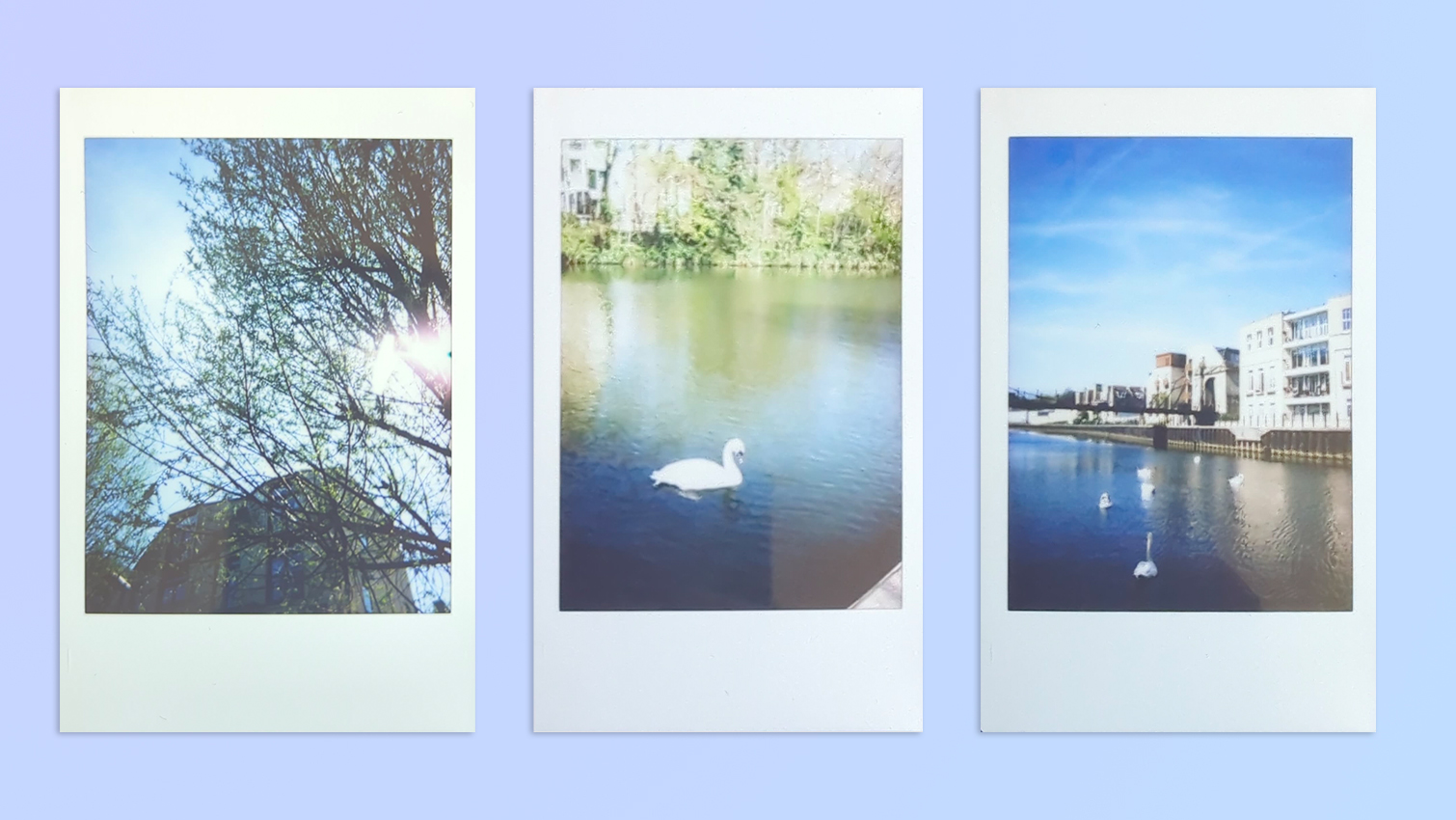

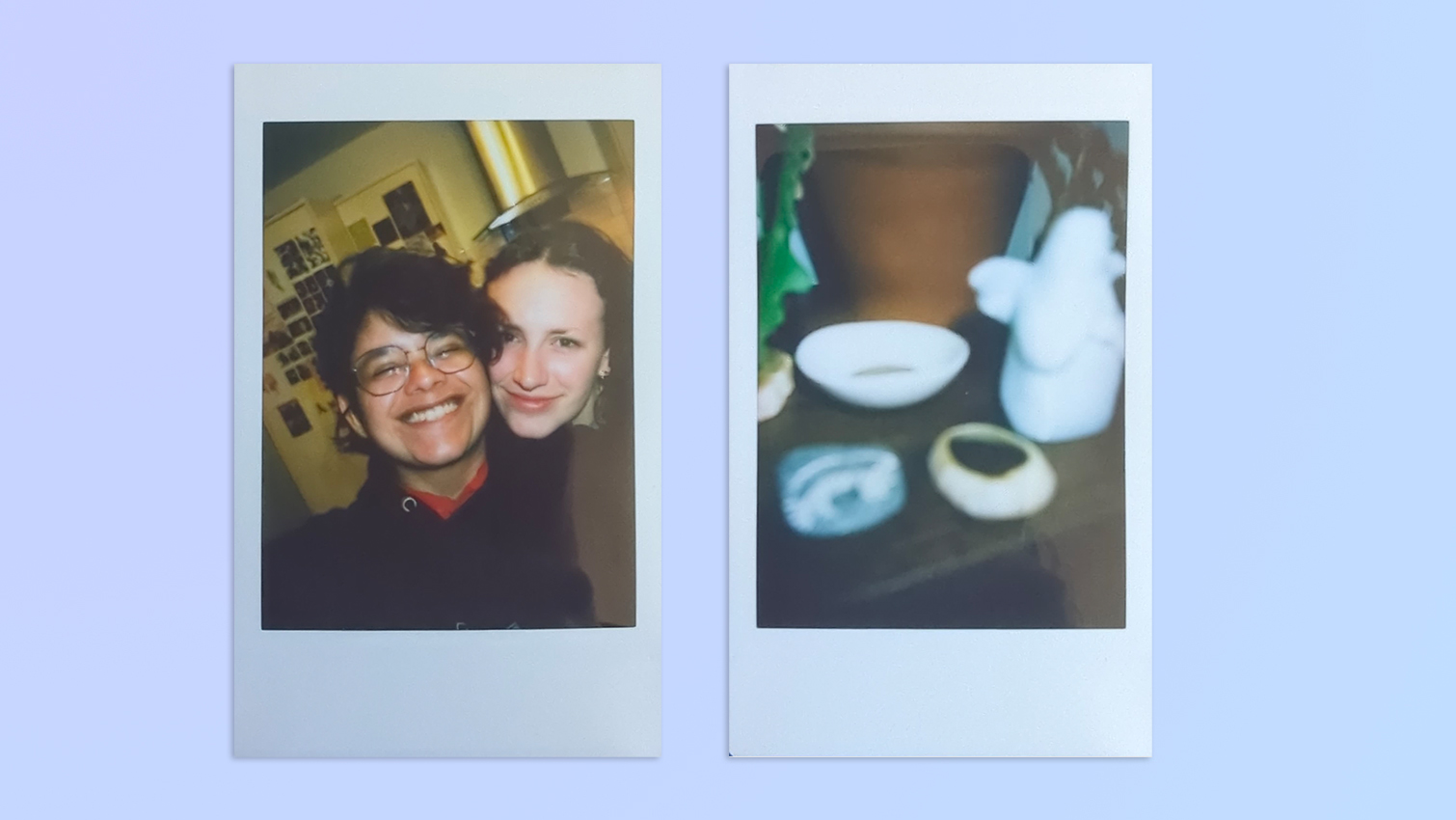


The best cheap rugged camera
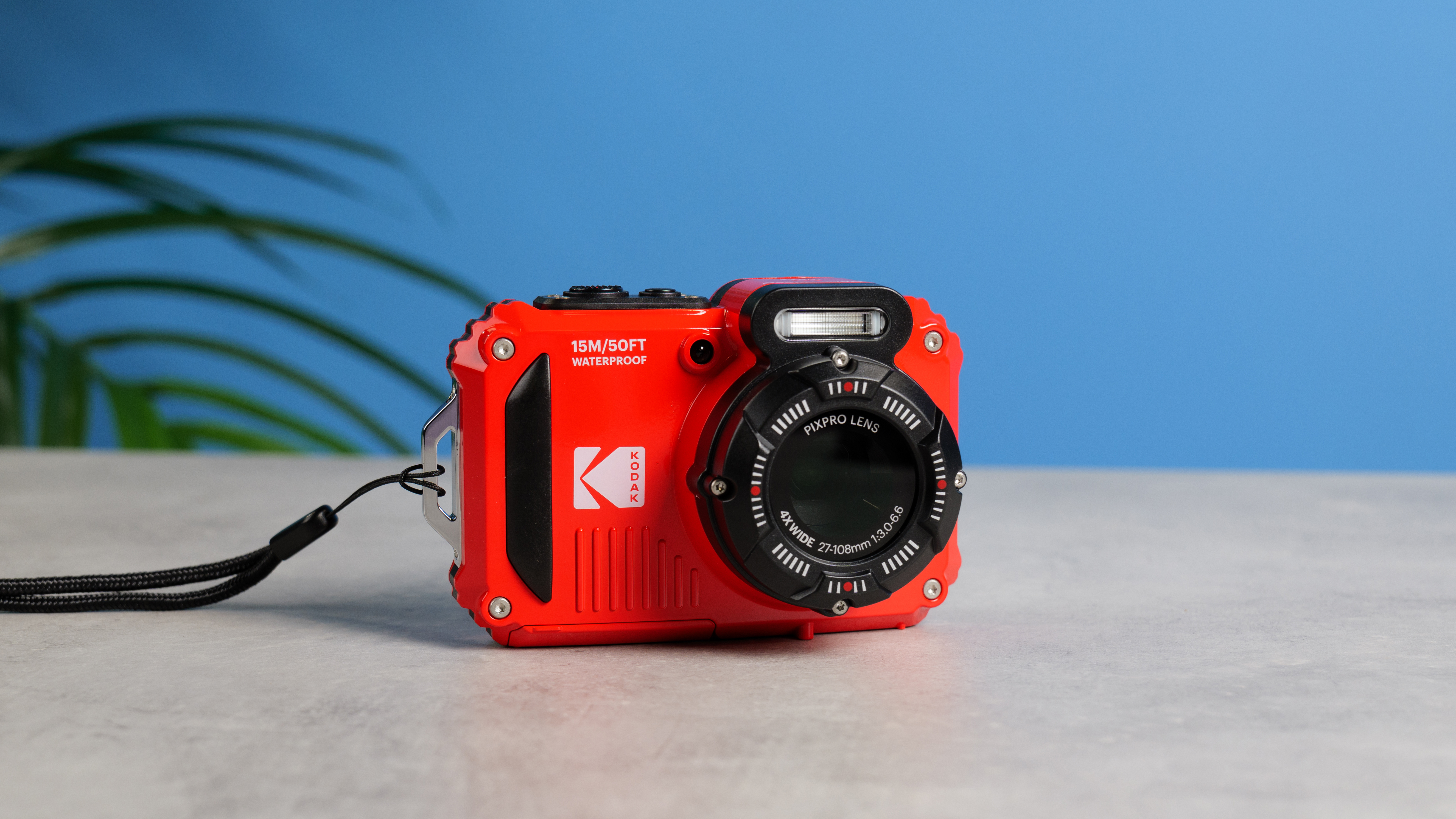
Specifications
Reasons to buy
Reasons to avoid
One-line review: For the money, they don't come more hardy than the Kodak PIXPRO WPZ2, which impressed us with its competency, image quality and of course, its ruggedness.
Who is this for?
The Kodak PIXPRO WPZ2 is perfect for adventurers and travel photographers who like to push their camera to the limit, but it’s also for those who don’t want to spend too much money on one. For $179, you get a rugged waterproof, dustproof and shockproof camera that produces good images and 1080P/30fps video, and it has decent battery life too.
Why is this the best cheap rugged camera?
The PIXPRO WPZ2 is waterproof up to 15m/49ft and it’s fully dust-sealed against fine and solid particles. It’s also shockproof and can take a beating, even if it’s dropped from 2m/6ft. This camera is, therefore, great for travel photography as it’s very portable. The PIXPRO WPZ2 is extremely easy to use too.
What do we like?
✅ Ruggedness: For just $179, the PIXPRO WPZ2 is waterproof, dustproof and shockproof, making it the ideal travel companion. It looks like an adventure camera too, with a ruggedly handsome design.
✅ Great photos: Although the camera is limited to taking just 16MP photos, the photos turn out detailed and have a vintage look to them. The camera also has a 24x zoom to aid in all shooting situations.
✅ Good battery life: The camera has a CIPA rating of 200 shots or 70 minutes of 1080P/30fps recording. For a camera of its (small) stature, this is respectable battery life.
✅ Compact & portable: The PIXPRO WPZ2 is also super compact, which combined with its ruggedness literally makes it a 'take anywhere' camera.
What don't we like?
❌ Basic feature set: Similar to some other compact cameras, the PIXPRO WPZ2 has a very basic feature set which is limited to 16MP stills and 1080P video.
❌ Subpar low-light performance: The camera adjusts the shutter speed and aperture automatically and its low-light performance isn’t anything to write home about. The camera doesn’t show you how long or short the shutter speed is, which can lead to camera shake.
Kodak PIXPRO WPZ2: Bottom line
Overall, the PIXPRO WPZ2 is a fantastic outdoorsy camera that can be used underwater, on hikes in dusty conditions, and it can survive some falls too. Alongside this, the fact that it has good battery life and captures good stills make it the best cheap camera for outdoor adventurers.
Read our full Kodak PIXPRO WPZ2 review.

"It's handsome and rugged, providing great protection against the elements, while offering the basic photo and video features you'll need at a low price."
See PIXPRO WPZ2 sample images
PIXPRO WPZ2 sample images

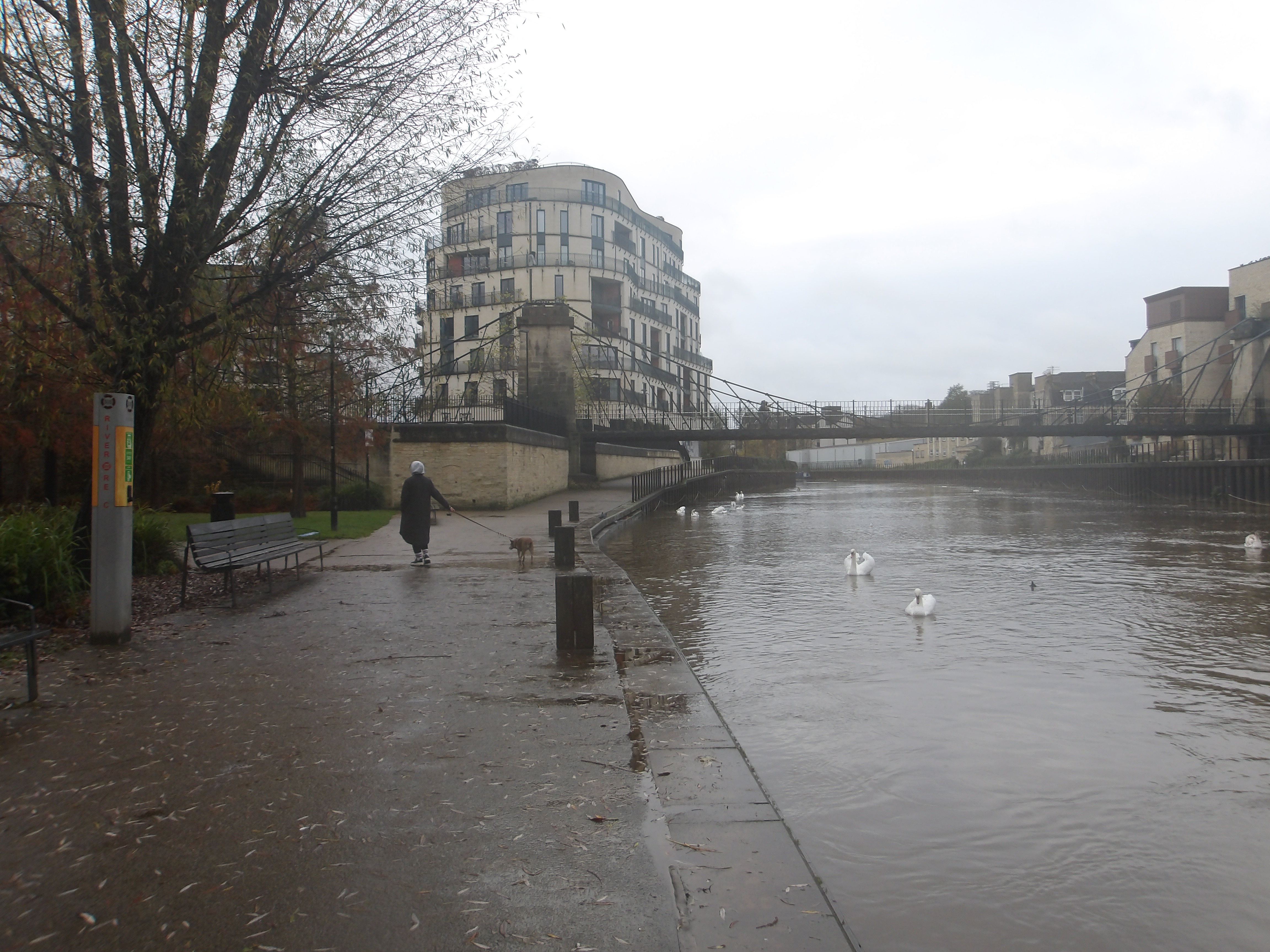
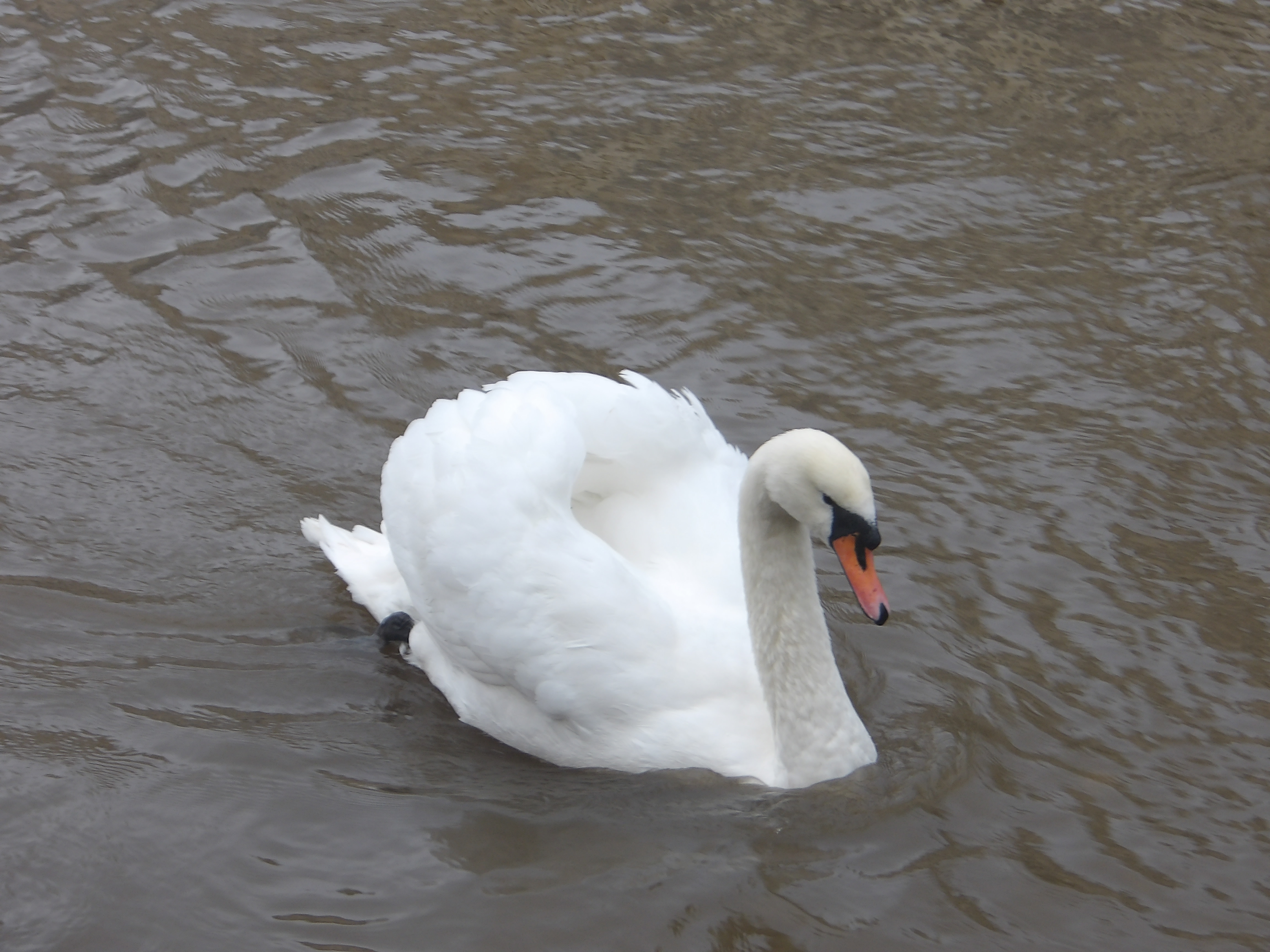
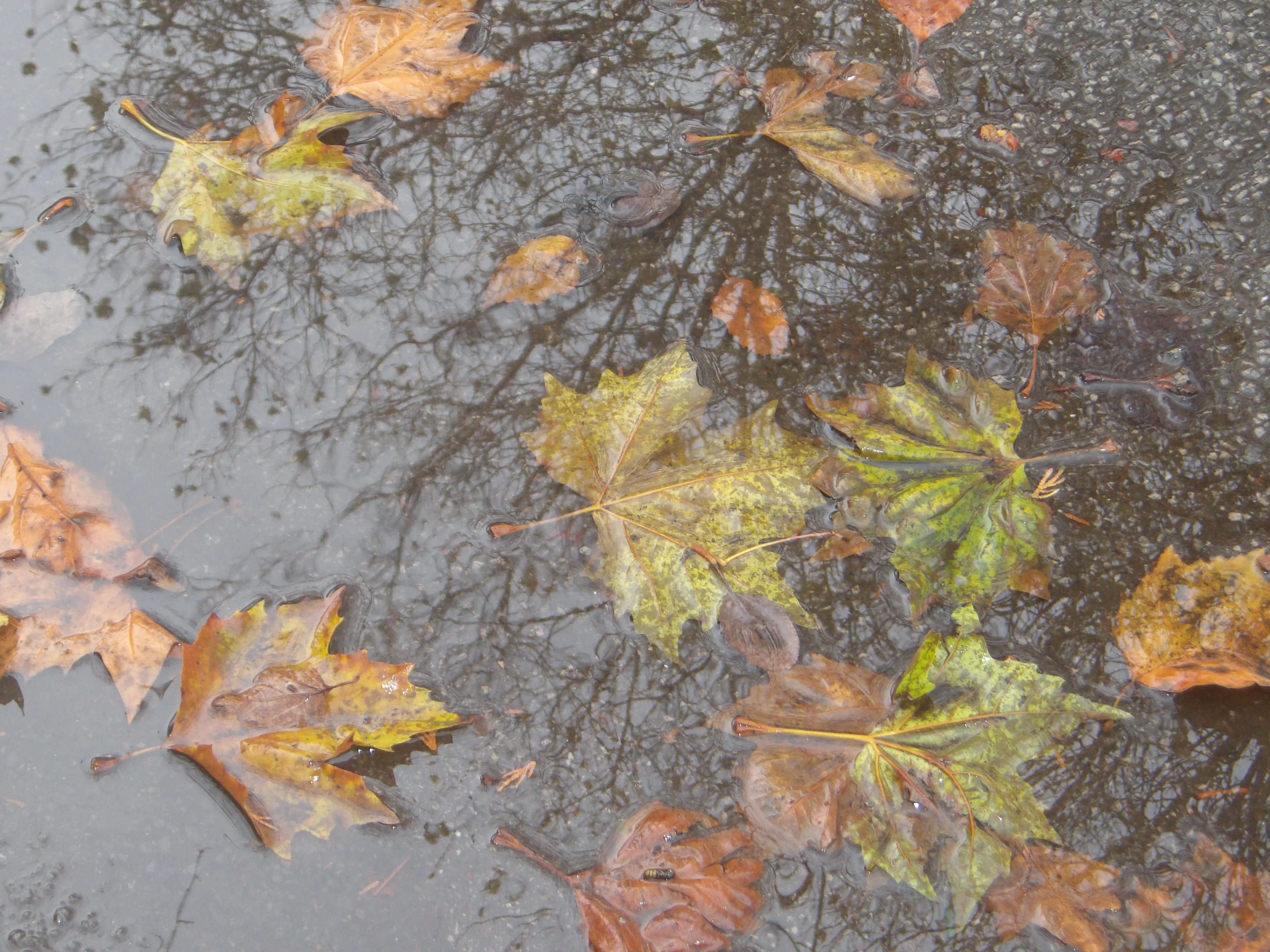
The best cheap film camera

Specifications
Reasons to buy
Reasons to avoid
One-line review: The Kodak Ultra F9 takes great photos and is incredibly affordable at under $50, making it the ideal starter film camera.
Who is this for?
Fans of film photography or for those just getting started in it. Costing just $49, this reusable film camera produces lovely images in bright conditions, it’s extremely easy to use and is very compact and lightweight, making it great to capture holiday snaps on. The Ultra F9 35mm is fit for those looking to populate their social media feed with film photos.
Why is this the best cheap film camera?
Not only is the Kodak Ultra F9 35mm inexpensive, but so are film and processing costs. For $49, the Ultra F9 35mm is very easy to use as the camera adjusts shutter speed and exposure automatically, and photos turn out great with a retro touch and plenty of detail.
What do we like?
✅ Ease of use: The Ultra F9 35mm is an extremely easy camera to use thanks to the straightforward control scheme. It houses just two buttons so it can be used by anyone, and loading and unloading film is simple too.
✅ Great photos in bright conditions: The Ultra F9 35mm captures lovely images in bright conditions with a retro touch, and you don’t need to worry about adjusting exposure or shutter speed as this is done automatically.
✅ Low film costs: 35mm film is easy to procure and is inexpensive, as one roll (36 exposures) costs just $8 / £11. Processing costs are low as well, and it shouldn’t cost more than $20 / £17 on average.
✅ Lightweight and compact: This is a simple camera, which means it's lightweight, plus it's small enough to fit easily in a pocket.
What don't we like?
❌ Can struggle in low light: The Ultra F9 35mm has a fixed f/9 aperture which is designed mainly for brighter conditions. However, it has a built-in flash for dimly lit environments and you can buy more sensitive film for low light.
❌ Tiny viewfinder: The Ultra F9 35mm has a very small viewfinder located right above the film door on the back. Those who wear glasses may struggle to look through it.
Kodak Ultra F9 35mm: Bottom line
Overall, the Kodak Ultra F9 35mm is a fantastic choice for those starting out in film photography. It’s reusable so after the initial spend, you’ll just need to spend money on batteries and film — neither of which cost a lot. It’s easy to use, compact and portable, and it produces charming retro photos, all of which make it the best cheap camera for film lovers.

"This is my favorite favorite cheap film camera because it takes great photos and can be used by practically anyone. It's the perfect way to dabble in film without spending much money."
See Kodak F9 35mm sample images
Kodak F9 35mm sample images

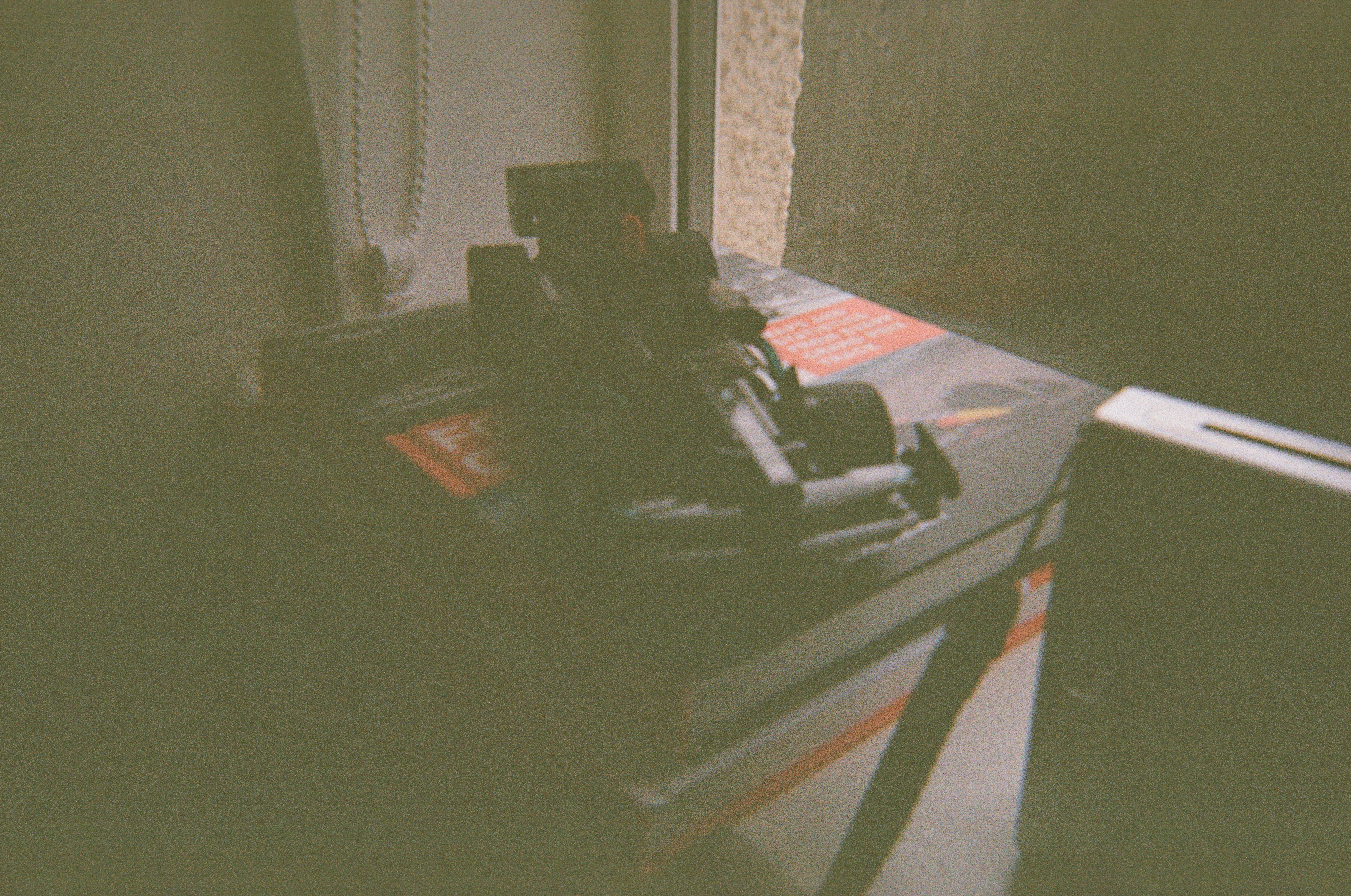



The best cheap camera for travel

Specifications
Reasons to buy
Reasons to avoid
One-line review: The Camp Snap is super pocket-friendly thanks to its compact design and light weight. It takes great photos and the lack of a screen means you can live in the moment and look at your photos only after you’re back at your desk.
Who is this for?
The Camp Snap is built for travellers who want to live in the moment and not miss anything when they’re too busy reviewing the shot they’ve just taken. It’ll also suit people who want to take their first steps into digital photography as it has a very straightforward control scheme, and it captures lovely photos in bright conditions.
Why is this the best for travel?
The Camp Snap is very compact and easy to use with either one or both hands. It’s thin, short and light, perfect for slipping into a pocket or travel bag. It doesn’t have a rear screen to distract you, and you can rely on it to capture detailed photos in bright conditions. Photography novices and even children shouldn’t have any issue using the Camp Snap as it features just two buttons (shutter release and flash).
What do we like?
✅ Portability: The Camp Snap measures just 4.52 x 2.36 x 0.98 inches and weighs only 3.28oz, which means you can easily carry it in your pocket or handbag without feeling weighed down. It’s made of hard high-quality plastic so it’s durable too.
✅ Ease of use: The Camp Snap has two buttons: one for shutter release and power, and another for flash control. These make it very simple to use.
✅ Long battery life: Camp Snap claims that this camera can shoot 500 photos on a single charge. In our testing, we managed to get 459 photos which is excellent. It’s rechargeable so you don’t need to worry about environmental waste created by disposable batteries either.
✅ Cheap: The Camp Snap costs just $65 / £53, making it one of the cheapest cameras we’ve tested. It’s great value for money.
What don't we like?
❌ Shutter lag: The Camp Snap’s shutter response is delayed, so when you press the shutter button, the camera takes a second or two to respond. This means that when you press the button and move the camera away right after, your photo may come out blurry.
❌ No camera strap included: While the Camp Snap has hooks for a camera strap or lanyard, one isn’t provided in the box.
Camp Snap Screen-Free digital camera: Bottom line
The Camp Snap is a great camera for travellers as long as you don’t mind the delayed shutter response. It’s a standout choice for travel photography thanks to its compact and lightweight body and its ability to capture great stills in bright conditions. It's also super compact and has a very slim profile making it easy to stash away. These factors make it the best cheap camera for travellers.

"The Camp Snap is ideal for travellers on a budget. It takes lovely, retro photos and offers a nostalgic disposable camera experience. Best of all: it's fun!"
See Camp Snap sample images
Camp Snap sample images

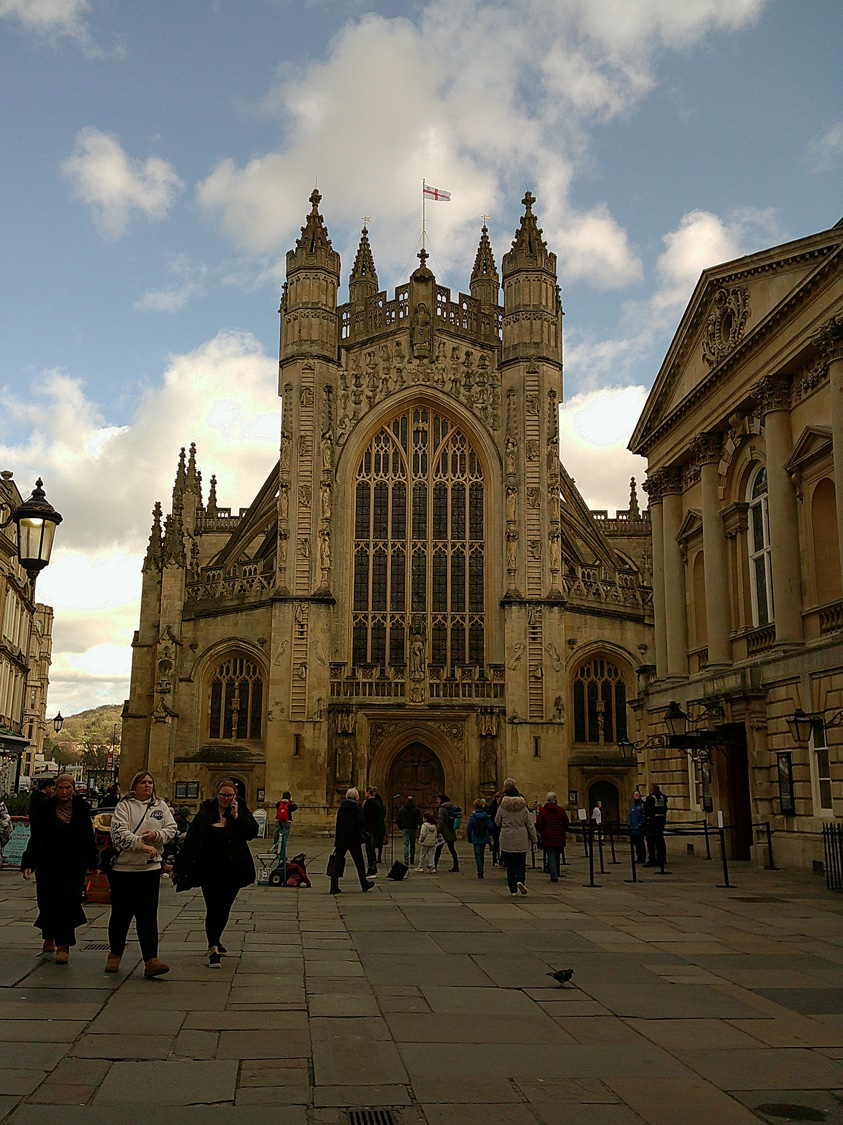
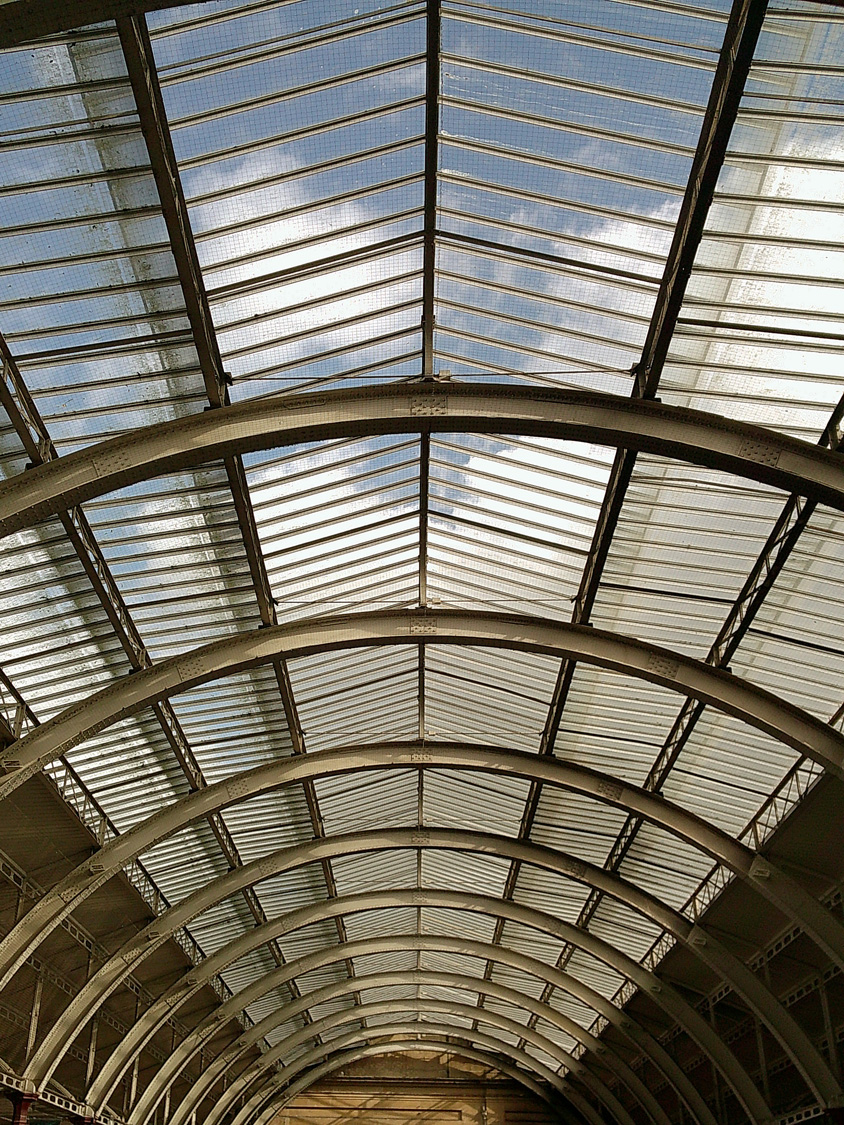
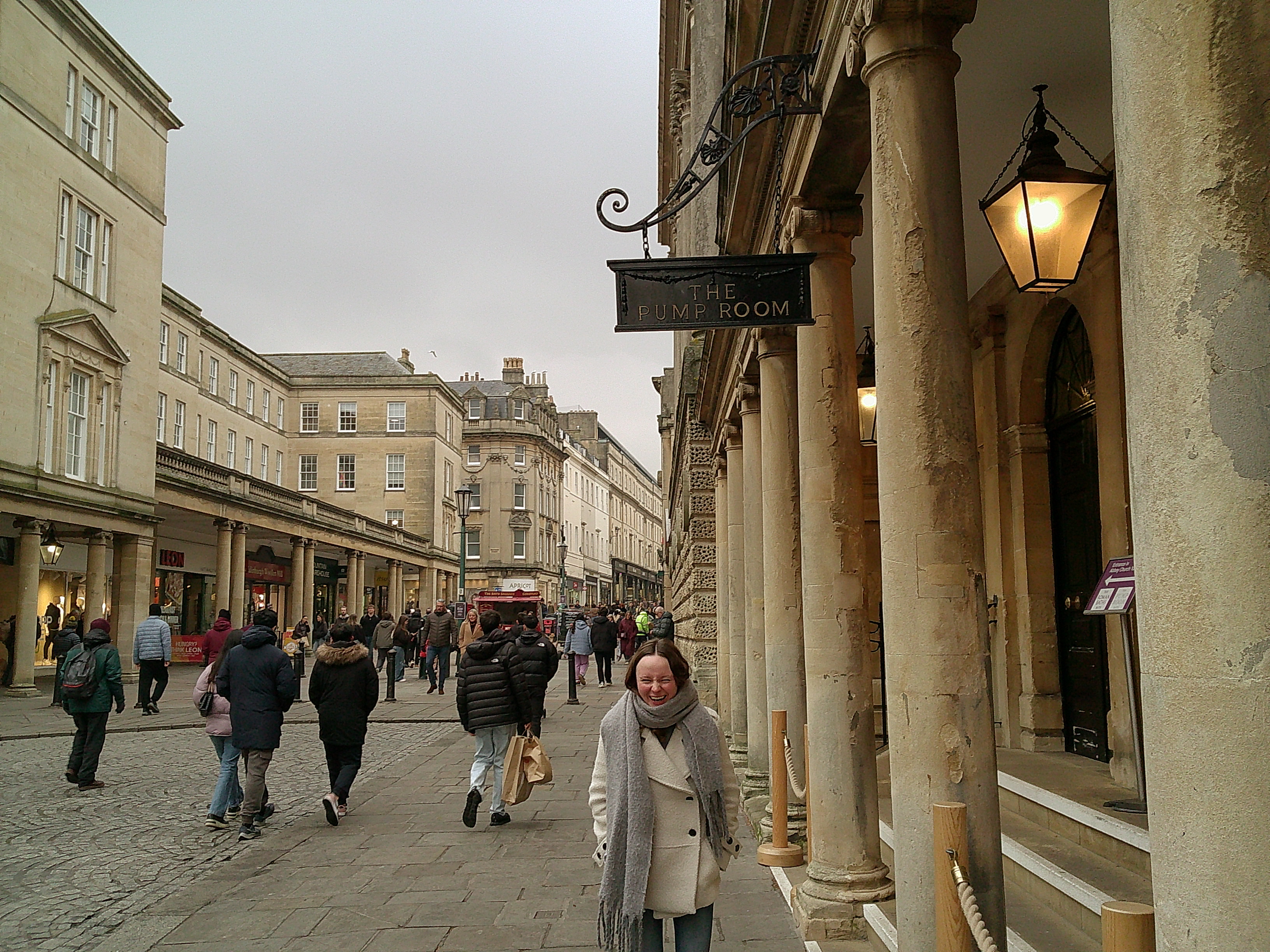
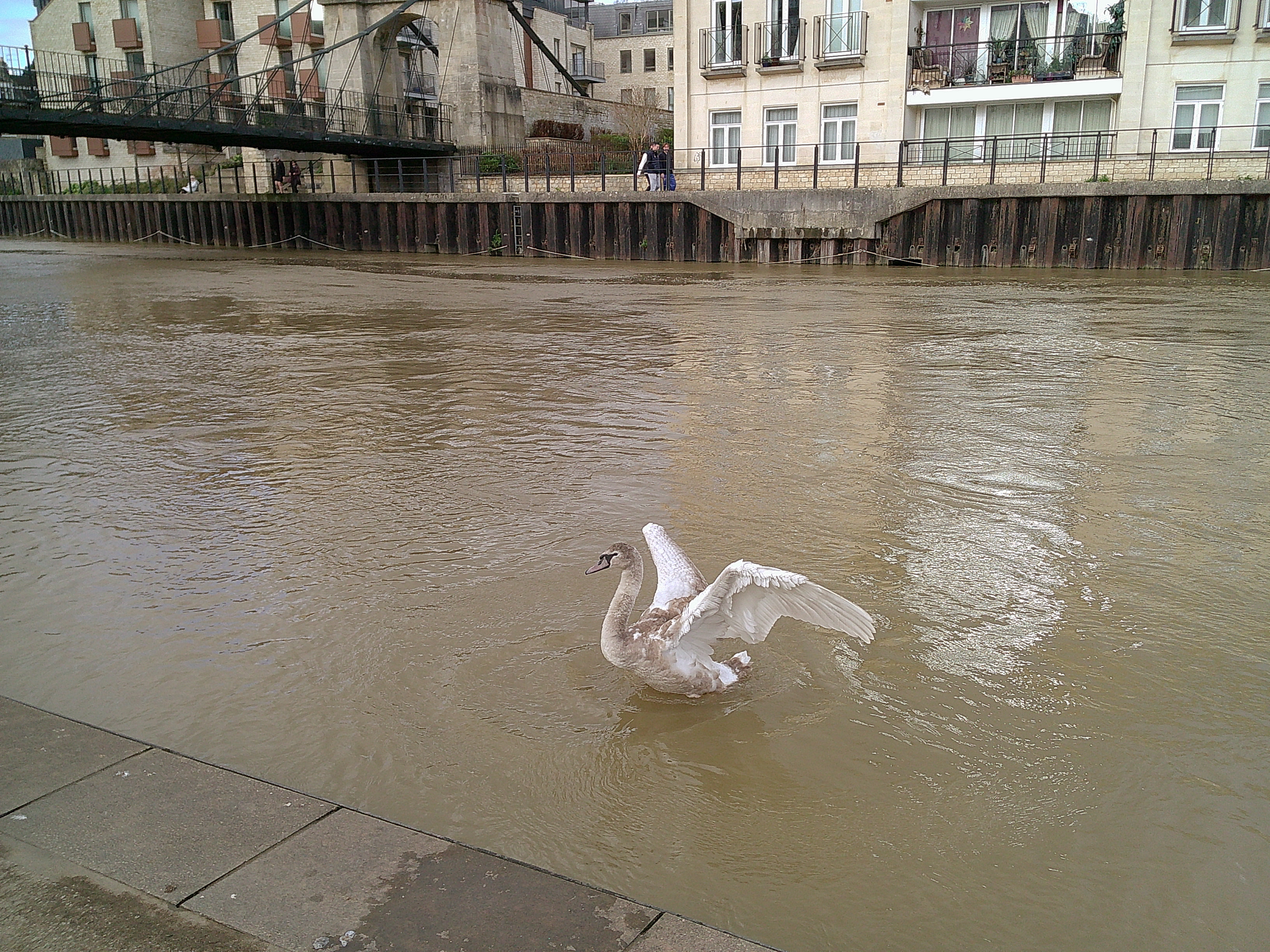

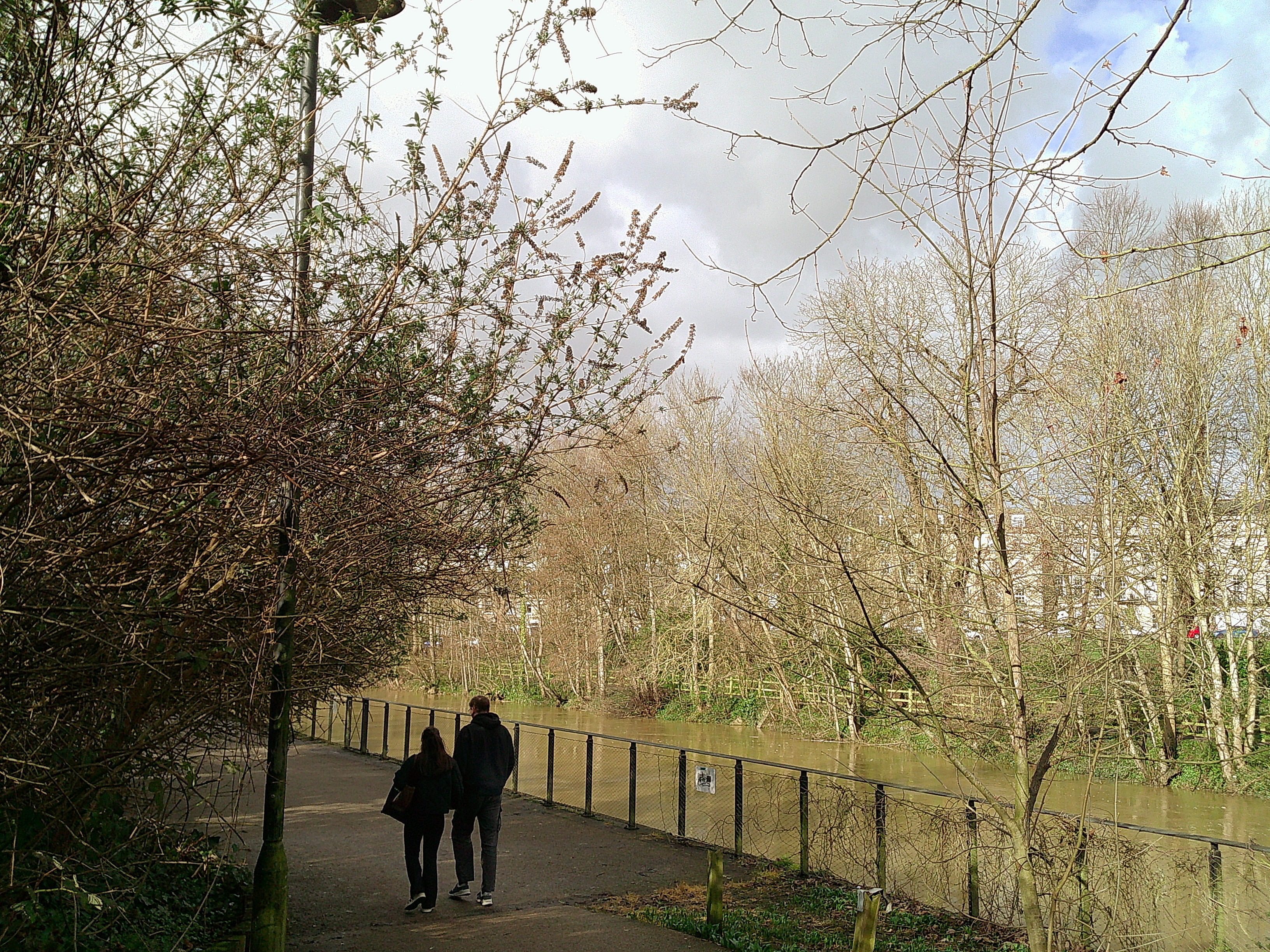
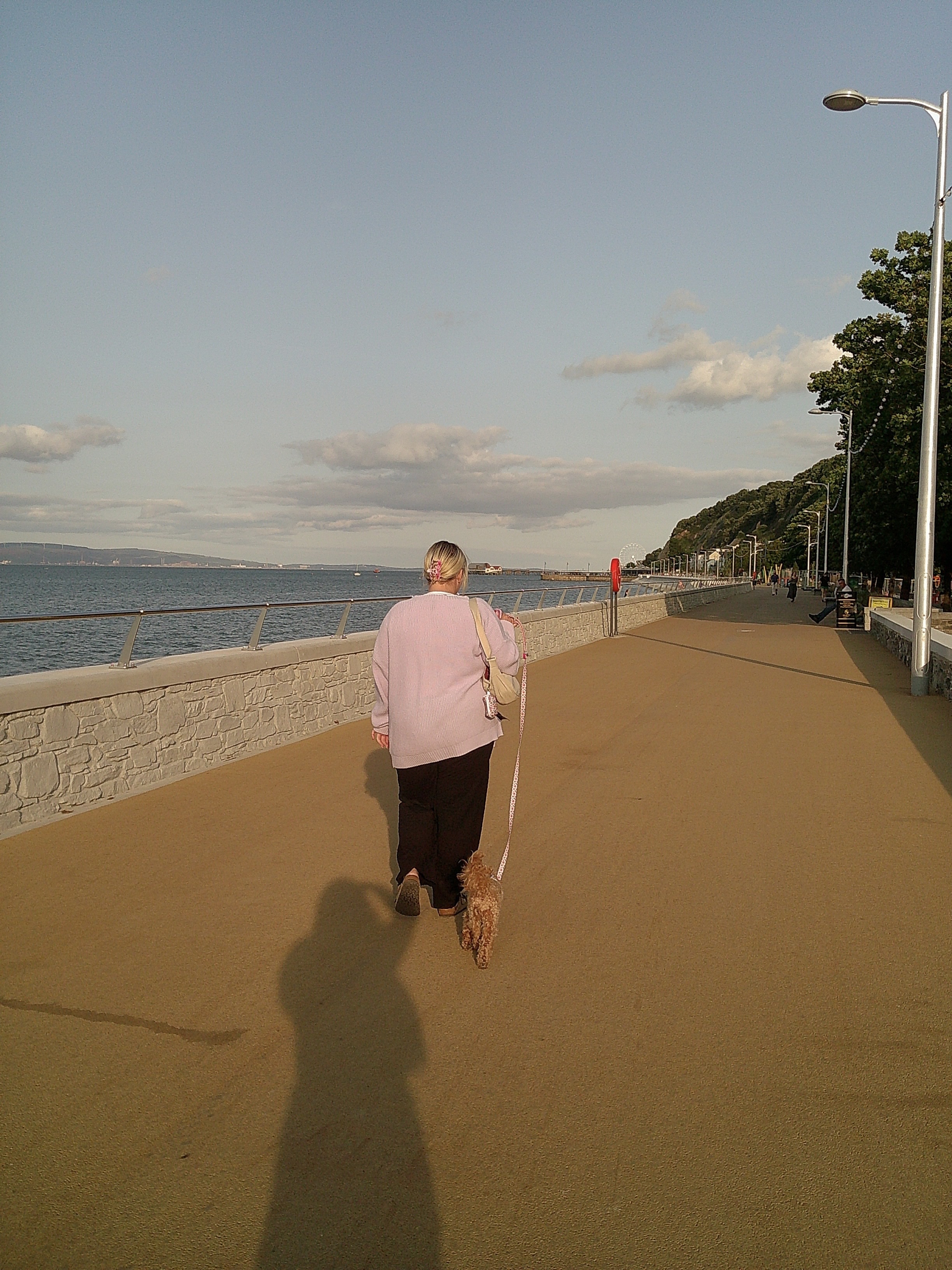
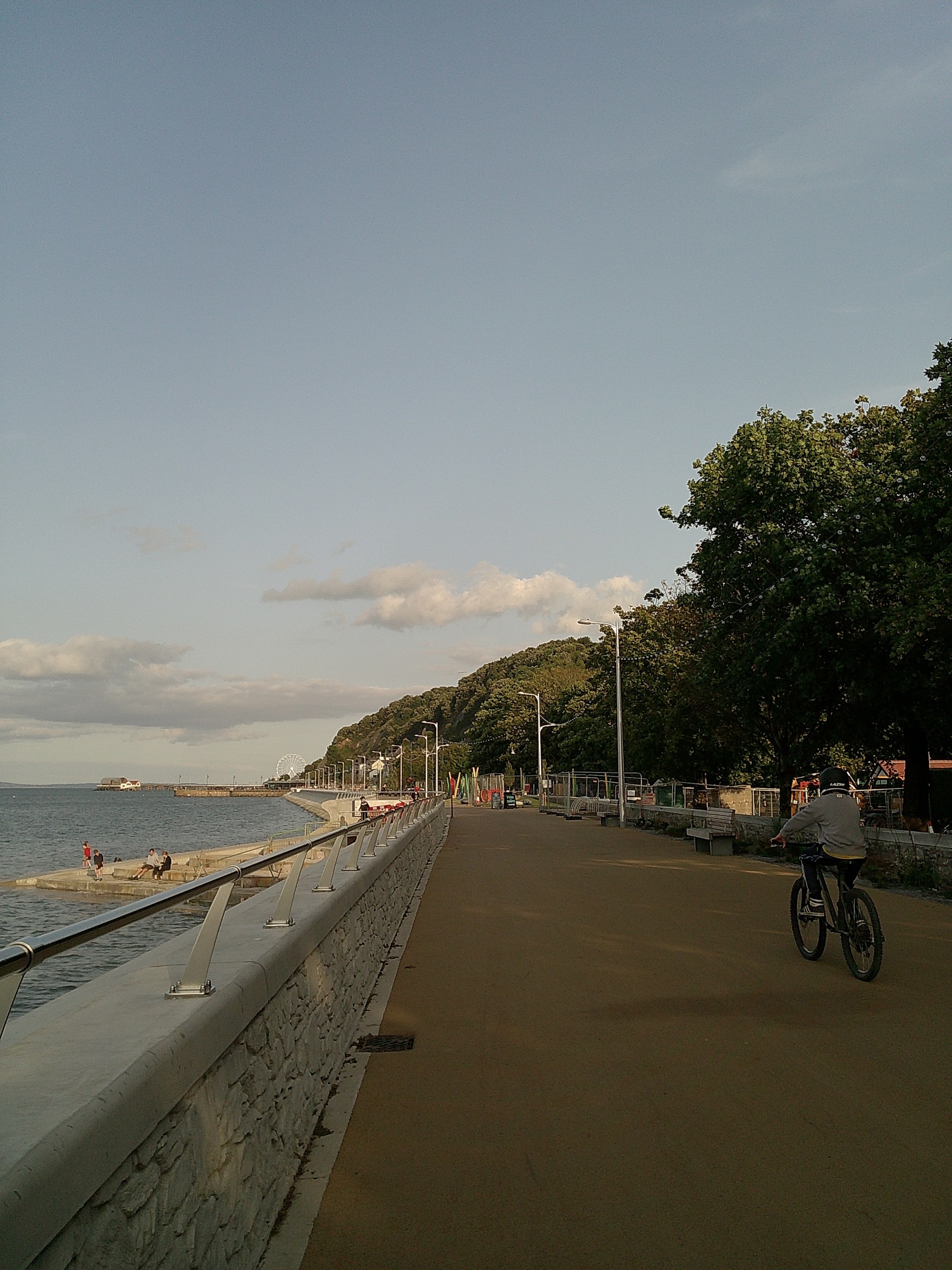
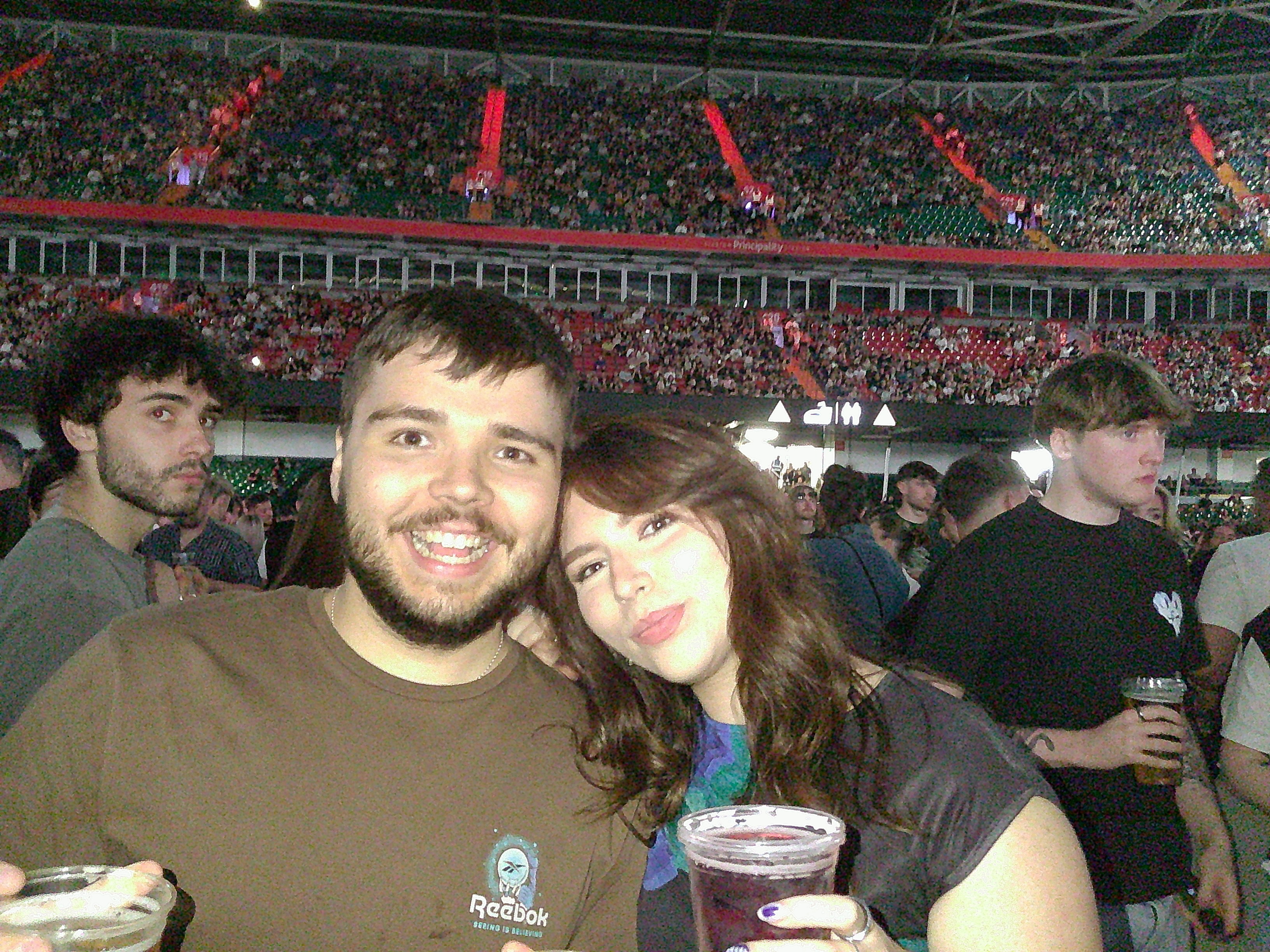
The best cheap compact camera
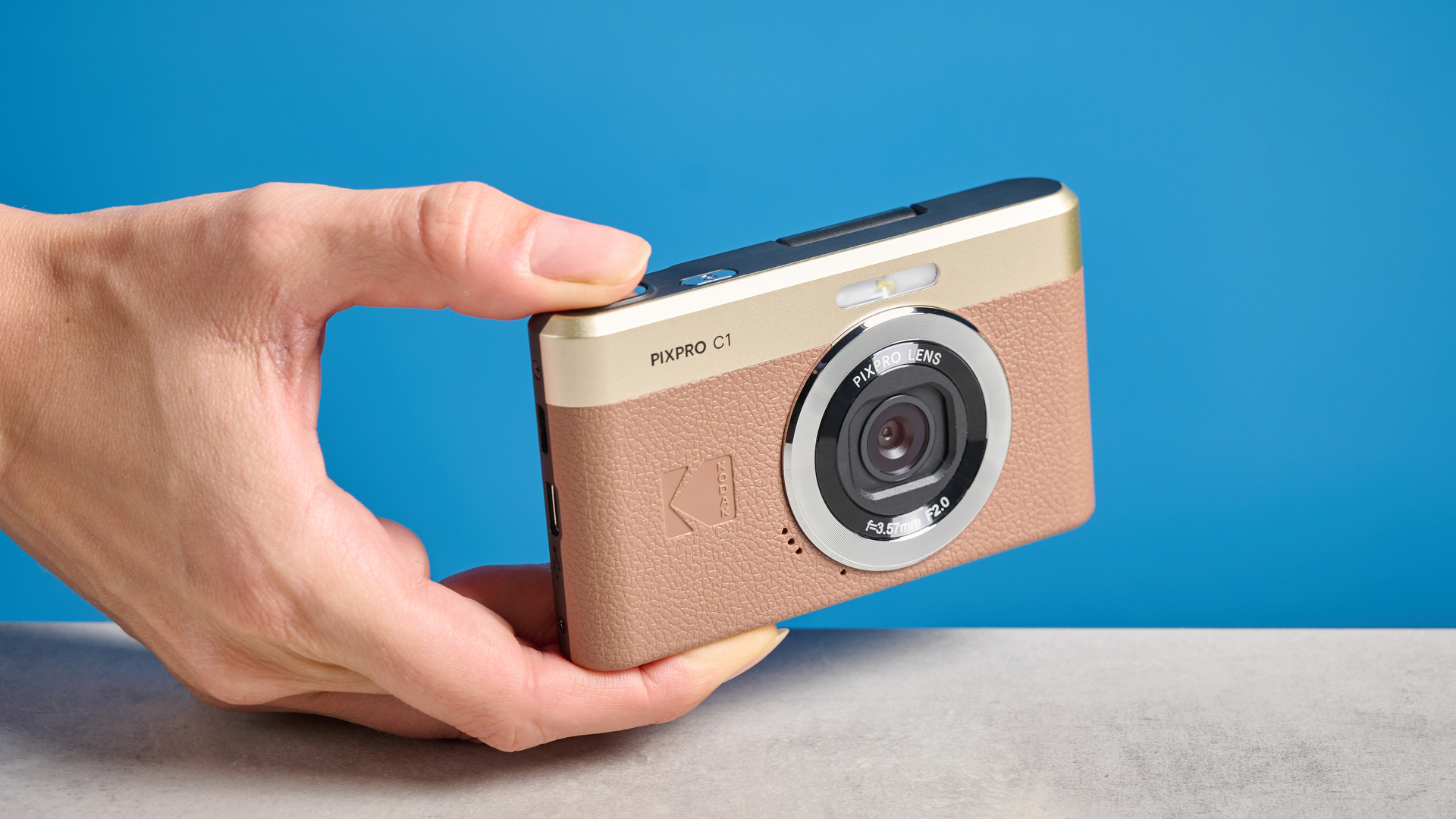
Specifications
Reasons to buy
Reasons to avoid
One-line review: The Kodak PIXPRO C1 is highly portable and can capture 1080p/60fps footage as well as 13MP images.
Who is this for?
Anyone who wants a cheap and cheerful, portable camera for casual photography. Its ease of use and simplicity make it ideal for beginners. It features a flip-up screen for those who want to take selfies, and a dedicated macro mode for when you want to get stuck in the details.
Why is this the best compact camera?
The Kodak PIXPRO C1 delivers a blend of portability, ease of use and retro images at a low price. It’s perfect for social gatherings, travelling, as well as landscape and macro photography. Sporting a straightforward control scheme, this camera can be used by practically anyone, and its vintage image quality carries a sense of nostalgia.
What do we like?
✅ Compact, lightweight design: The PIXPRO C1 measures 4.05 x 2.36 x 0.79 inches and weighs just 4.05oz, making it easy to slip into your pocket or carry in a small bag. Given its compact size, it’s effortless to use it with one hand too.
✅ Flip-up screen: Featuring a 180° rotating screen, you can quickly flip up the PIXPRO C1’s screen to take selfies, and it’s something you won’t find on other similarly priced Kodak cameras.
✅ Good image quality: The PIXPRO C1 takes vibrant and detailed 13MP images in bright conditions, and the retro touch makes them perfect for sharing on social media.
What don't we like?
❌ Plasticky build: The PIXPRO C1 feels very plasticky and hollow and the camera may not stand the test of time.
❌ Dim monitor: The PIXPRO C1’s monitor is near unusable in bright sunlight, so you have to guess and hope you’re framing your subject correctly.
Kodak PIXPRO C1: Bottom line
The PIXPRO C1 is a fantastic camera for people who want to capture images with a retro aesthetic. Its portability makes it a standout choice for travel and landscape photography, and this is why it’s the best cheap compact camera.
Read our full Kodak PIXPRO C1 review.

"The Kodak PIXPRO C1 is cheap, cheerful, highly portable and it takes nice photos. That's pretty much all I want a tiny compact camera to do."
See PIXPRO C1 sample images
PIXPRO C1 sample images

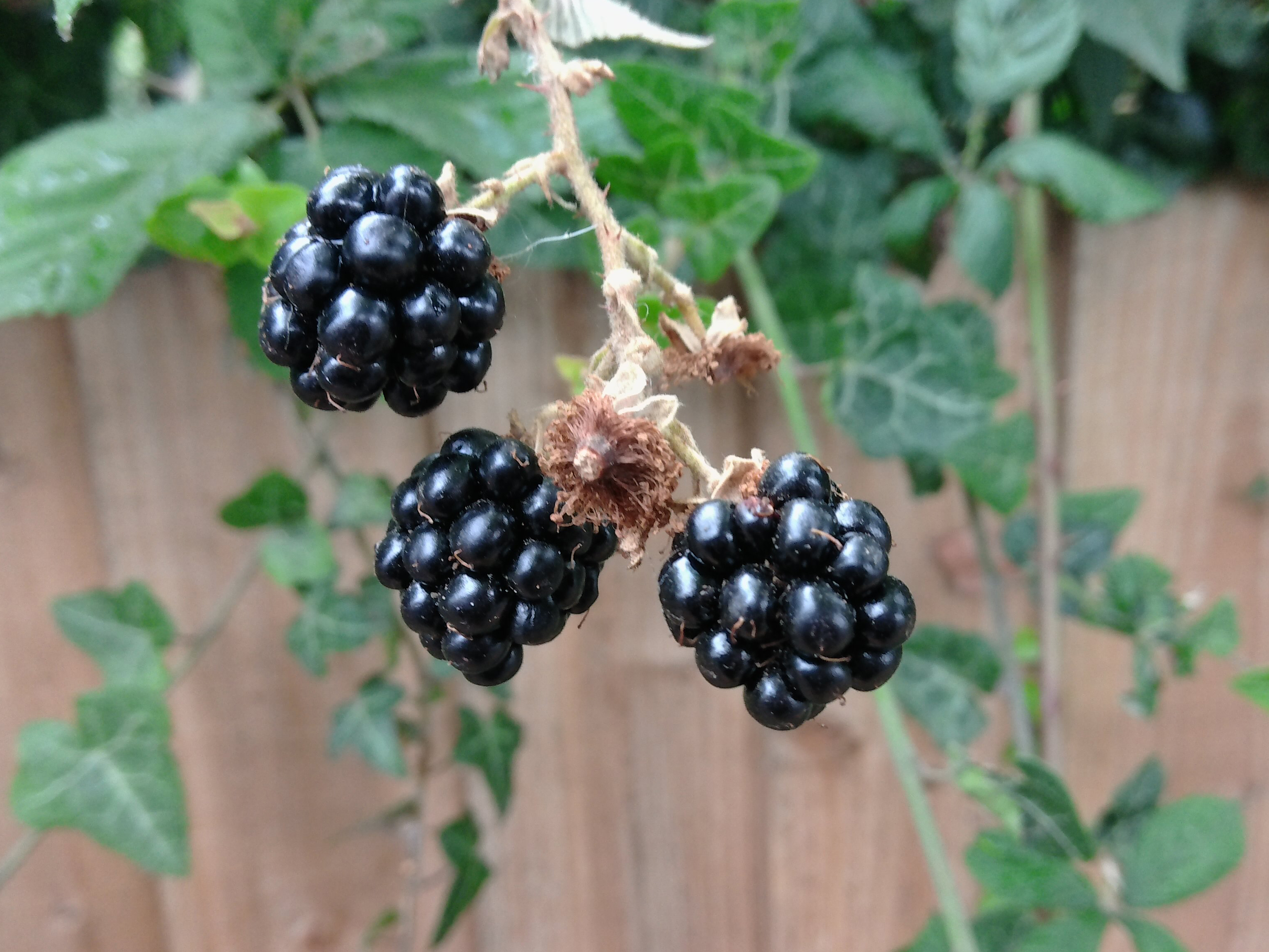






The best cheap drone
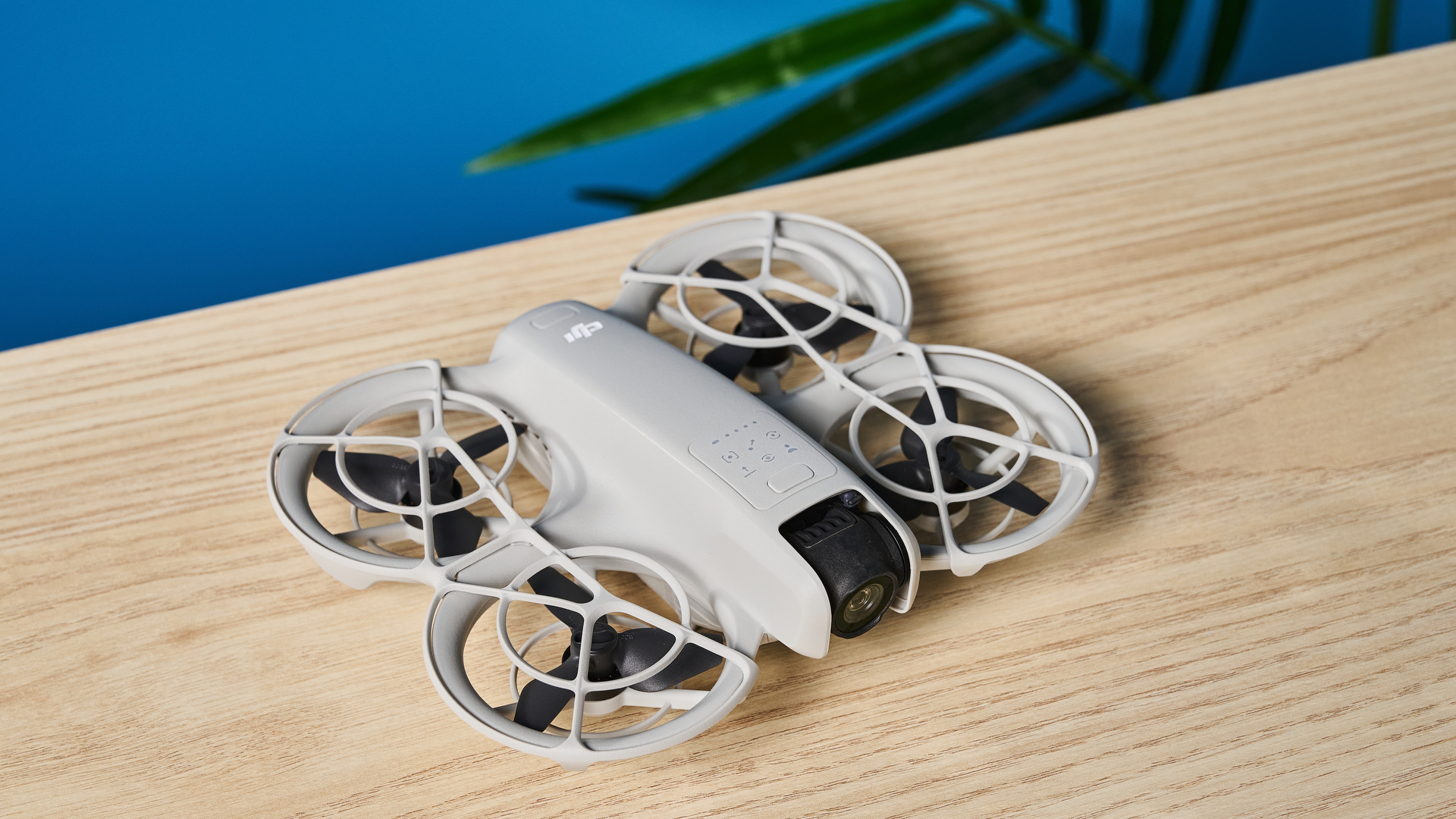
Specifications
Reasons to buy
Reasons to avoid
One-line review: Despite its tiny stature and budget price, the DJI Neo is absolutely stuffed to the brim with features and doesn't require FAA registration.
Who is this for?
The DJI Neo is for drone novices or enthusiasts on a budget who are looking to enter the world of drone photography. For the features it offers, this drone is excellent value for money.
Why is this the best cheap drone?
The Neo is great for those starting out in drone photography because everything is done automatically — from exposure to ISO. It’s extremely easy to fly either with your smartphone or the RC-N3 controller, and its small size makes it the perfect travel companion. The Neo is capable of shooting 4K video at 30fps and capturing 12MP stills. It has been succeeded by the DJI Neo 2, but that drone is quite a bit pricier, so we still favor the original Neo for this guide.
What do we like?
✅ Easy to fly: You can control the Neo either via the DJI Fly app on a smartphone or the RC-N3 controller, and both ways are straightforward. The RC-N3 comes with two detachable joysticks which are highly responsive and comfortable to use for long hours.
✅ User-friendly app: DJI's app is free to download and easy to use, while also providing lots of functionality and control.
✅ Compact and lightweight: The Neo weighs just 4.76 ounces which means you don’t need to obtain a license to fly it (but it’s still worth checking local laws before flying). This also means it’s very easy to travel with.
✅ Smooth 4K footage: The Neo shoots 4K video at 30fps or 1080P at 60fps, which is great for the price. Footage is smooth with plenty of detail, as is panning across a scene. Its f/2.8 aperture also delivers good results in moderately lit conditions.
✅ Very affordable: At under $200, this is one of the cheapest and best drones you can buy.
What don't we like?
❌ Short flight time: On a single charge, the Neo has a flight time of just 18 minutes which is about half the time you get with DJI’s other drones. It’s worth investing in the Fly More combo which gives you two spare batteries to bump the total flying time up to 54 minutes.
❌ No obstacle avoidance: Unlike pricier DJI drones, the Neo doesn’t feature smart obstacle avoidance. This means that the drone can’t automatically dodge walls or trees, so you’ll have to be mindful of its position in the air at all times.
DJI Neo: Bottom line
The Neo is a beginner-friendly drone that doesn’t cost a fortune, making it the ideal choice for aerial enthusiasts. The ability to capture gorgeous 4K footage and detailed stills, combined with its ease of use and lightweight body, make the Neo the best cheap drone camera.
Read our full DJI Neo review.

"The DJI Neo may not be the latest DJI beginner drone, but it still boasts fantastic specs and features for beginner pilots, all at a price that can't be beat."
Also tested
Panasonic Lumix G97 ★★★★
Considered for: Best cheap mirrorless camera
The Lumix G97 is a great little camera, that produces solid images, offers decent handling and even boasts a form of IBIS (but only when paired with an OIS lens). Its AF is out of date for a modern camera, though, so we prefer the Canon EOS R100 for our best cheap mirrorless award.
Fujifilm X-M5 ★★★★
Considered for: Best cheap vlogging camera
We really enjoyed testing the X-M5, and it's a solid vlogging camera, especially thanks to its 6.2K video and film simulation dial. In the end, though, we preferred the Sony ZV-1F for this award thanks to its more affordable price tag and built-in mic.
GoPro Hero11 Black ★★★★½
Considered for: Best cheap action camera
You can still pick up a new GoPro Hero11 Black for a similar price as a DJI Osmo Action 4. We still prefer the DJI, though, thanks to its fantastic internal mic and wireless hookup to DJI mics. It was a very close run decision, though, and if you need +4K, the GoPro is the one.
Potensic Atom 2 ★★★★½
Considered for: Best cheap drone
The Potensic Atom 2 is the closest competitor to the DJI Neo in the cheap, entry-level drones category. We loved its 4K video, 48MP stills, AI subject tracking and intuitive controller. At the end of the day though, the DJI Neo, which is also an epic drone, won for one simple reason: it's cheaper.
Pentax WG-1000 ★★★★
Considered for: Best cheap rugged camera
We liked the Pentax WG-1000 during testing. It shot decent stills and was indeed rugged. However, it's more expensive than the Kodak PIXPRO WPZ2 but doesn't offer much more.
Fujifilm Instax mini 12 ★★★★
Considered for: Best cheap instant camera
Ah, the legendary Instax mini 12. Make no mistake, we love this camera, and it holds the best for beginners award on our roundup of the best instant cameras. However, the Polaroid Go Gen 2 (holds the top spot on our instant cams roundup) offers a lot more for very little extra cash.
How to choose the best cheap camera
When buying a cheap camera, you’re naturally going to have to sacrifice a few things. The latest and greatest cameras simply don’t come cheap. Usually, you’ll either have to accept an older model, or sacrifice features.

However, you absolutely don’t have to sacrifice quality. You can pick up some great cameras for well under $100, and they aren’t just cheap crap. And that’s where we come in! This guide is designed to help you filter out the cameras that are cheap, yet still great quality and built to last.
The specific features you need to look for will depend on what you’re using the camera for. If you want to take really nice photos and grow as a photographer, then you’ll want a camera with a larger sensor, decent megapixel count and good autofocus — that means you’ll need to splash out on a DSLR or mirrorless camera.

Shooting video? You’ll want 4K footage, decent stabilization and the ability to connect external microphones. A vlogging camera is ideal, or an action camera if you’ll be shooting outdoors or in extreme environments. If you’re after sky-high footage, then you’ll want a drone (and yes, you can absolutely pick up great drones without breaking the bank).
Want to print your photos? You have a few options. The high-resolution sensors in mirrorless cameras will yield the best results when printing digital images. If you want the film look, you can go for an instant camera, which will be best for immediate printing and documenting social events, or a film camera, which will produce higher quality prints but requires film to be developed.
If you need a camera for travel, then it’s all about portability. You’ll want something that takes decent photos, but is small enough to fit in a pocket or backpack, and which won’t become a chore when worn around your neck.
How we test the best cheap cameras
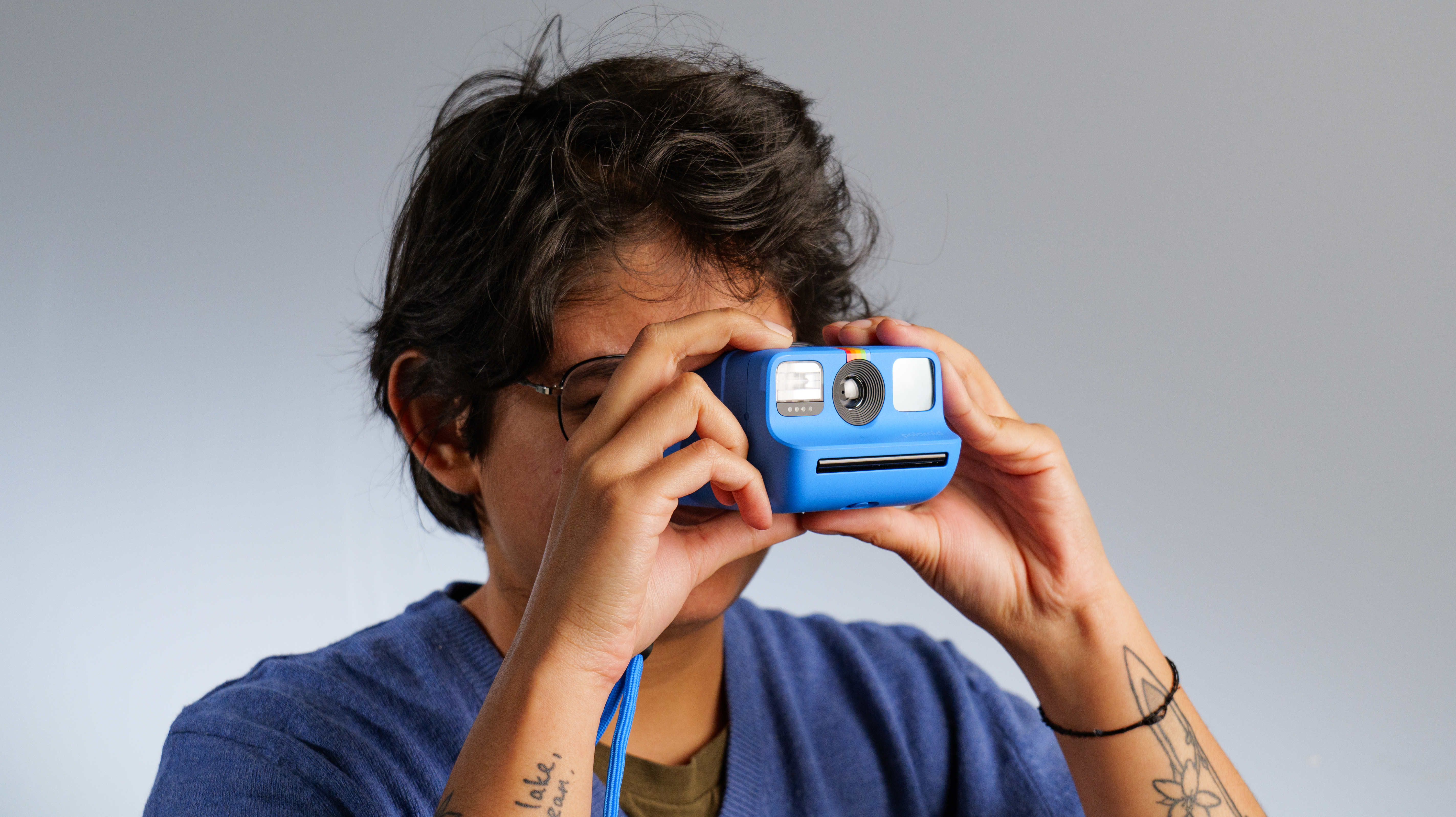
Every single camera on this list has been through the Tom’s Guide reviews process, which means they’ve all been thoroughly tested by Tom’s Guide experts. The testing process naturally differs for the different categories of cameras — we test an action camera differently to how we test an instant camera, for example.
However, there are many things all cameras have in common. We always test how sharp the camera optics are, looking for optical distortions and image artefacts. We always evaluate how well images turn out, how detailed they are and the color accuracy of the camera. We take lots of test shots or videos with each camera, enabling us to test autofocus, exposure metering and all the extra features such as AF modes.

Naturally, we always evaluate the price of a product, test its build quality, and analyze both how easy the camera is to use and how sensibly it’s laid out. If there’s a smartphone app, we use it and evaluate how many extra features it adds, but also how user-friendly it is. We always evaluate the battery life of cameras, too.
We don’t just list the specs or features of these cameras either, and always analyze whether each of a camera’s features is good or bad, and why — that involves weighing it up against the product’s cost and competition. Throughout each review, we constantly compare each product to its rivals to help you make the most informed purchase. We’ve included links to the individual reviews for each camera within every entry, so you can get the full lowdown on each product if you want to know more.
FAQs
Are cameras better than phones for photography?
Why spend money on even a cheap camera when you have your smartphone, right? Won't your phone take pictures just as well?
That depends on the phone and indeed the camera, but generally speaking a decent dedicated camera will be able to take better photos than your smartphone. Phones have small image sensors, as there isn't much space inside a phone case for a large sensor. The iPhone 16 uses a 1/1.29-inch sensor, which is a lot smaller than the APS-C sensor used in the Canon EOS R100. A larger sensor delivers cleaner images in low light. That said, many phones these days feature larger sensors than some cameras, especially compact cameras.
Another factor is optics. Smartphones have to use small lenses — again, as space is a major consideration. Smaller lenses just can't match the sharpness and quality of larger lenses on dedicated cameras, especially those on interchangeable lens cameras (like mirrorless or DSLR bodies).
And while some smartphones offer manual controls, often these aren't truly manual. You can adjust "aperture" on an iPhone, for instance, but the phone simply applies a software generated blur to approximate the look of a shallow depth of field at wide apertures. While this looks OK at a glance, study the image closely and you'll see mistakes and things blurred that shouldn't be. This reliance on software is repeated in other areas by your smartphone camera, and generally results in poorer image quality.
And finally, there's use case. If you want to shoot film photos, or print your photos instantly, you can't do either with a smartphone alone. Using a dedicated camera is often more fun, too! There's something special about the experience of using a camera that smartphones can't quite replicate.
How much should you spend on a cheap camera?
That really depends on the category of camera you need, and the definition of “cheap” changes based on said category. If you want the best image quality or a vlogging camera, you’ll need a mirrorless camera like the EOS R100, and cheap means around the $250-$400 mark. Action cameras, expect to spend around $175 - $200 for a cheap model.
Great instant cameras and compact cameras can easily be found for around the $100 mark, while affordable film cameras can be yours for very little more. If you want a cheap drone, you can expect to spend in the vicinity of $200.
Should a beginner buy an expensive camera?
No. Or at least, not until they're sure they want to get into photography. Cheap cameras are a great way to see if you like photography (or shooting video), and whether you really want to put in the time and dedication to learn and gain experience.
That's not to say you should buy the cheapest camera you can find, though, as there are many terrible cameras out there which are a total waste of money. You should buy a decent camera which will allow you to learn without breaking the bank. And that's where this guide comes in! It will help you choose a cheap camera that's also good quality.
Get instant access to breaking news, the hottest reviews, great deals and helpful tips.

Peter is a Senior Editor at Tom's Guide, heading up the site's Reviews team and Cameras section. As a writer, he covers topics including tech, photography, gaming, hardware, motoring and food & drink. Outside of work, he's an avid photographer, specialising in architectural and portrait photography. When he's not snapping away on his beloved Fujifilm camera, he can usually be found telling everyone about his greyhounds, riding his motorcycle, squeezing as many FPS as possible out of PC games, and perfecting his espresso shots.
- Ashley ThiemeStaff writer, Reviews
- Nikita AchantaSenior Writer, Reviews





